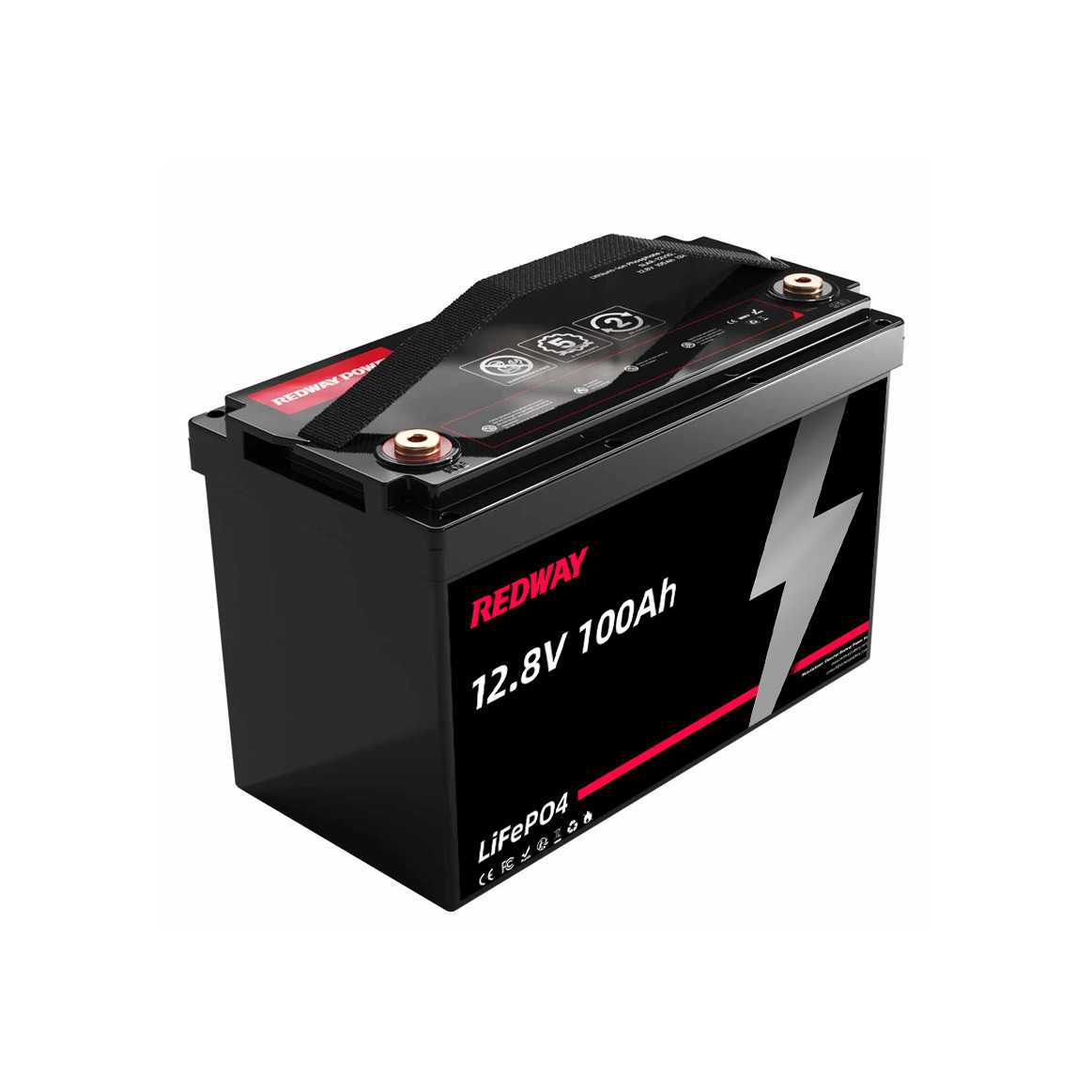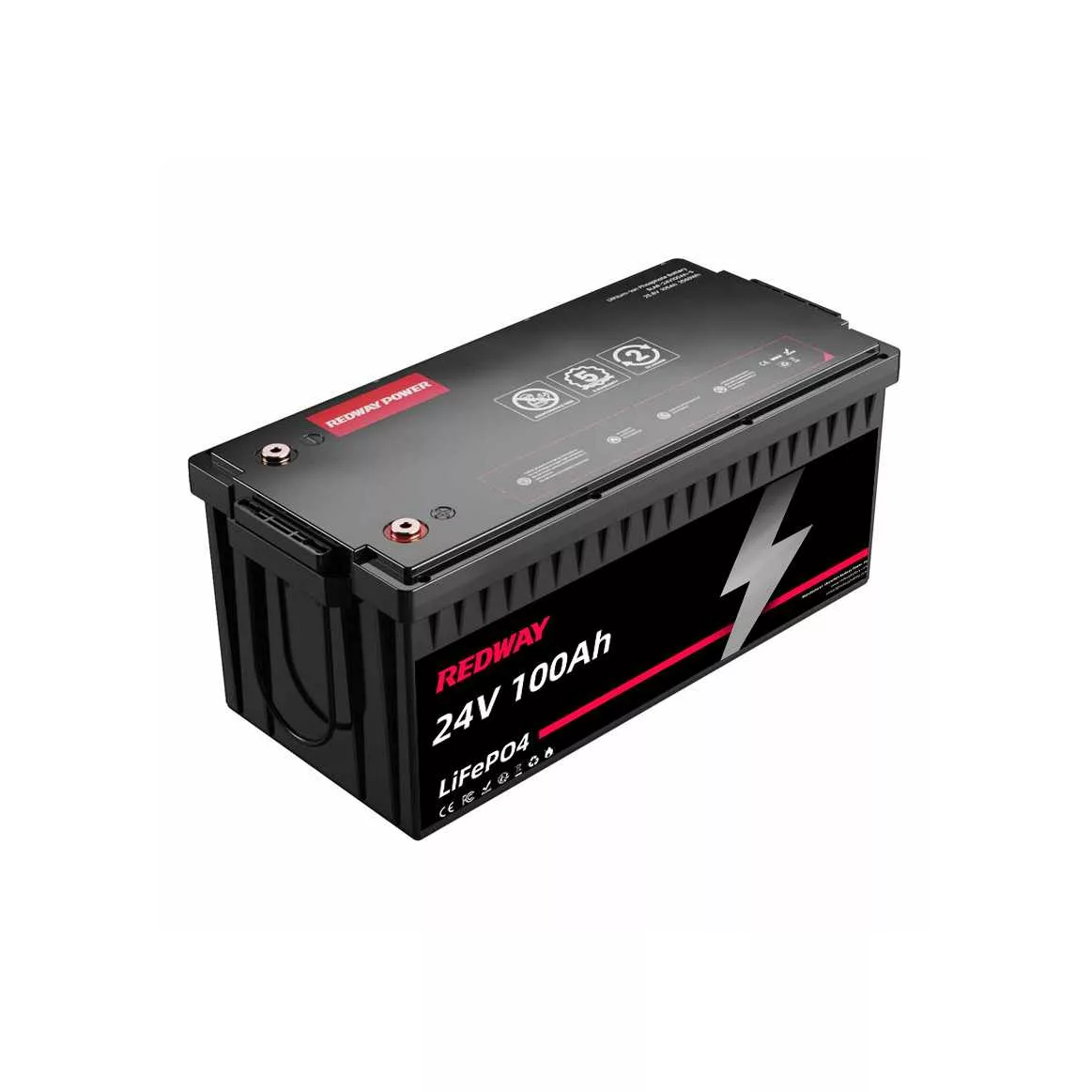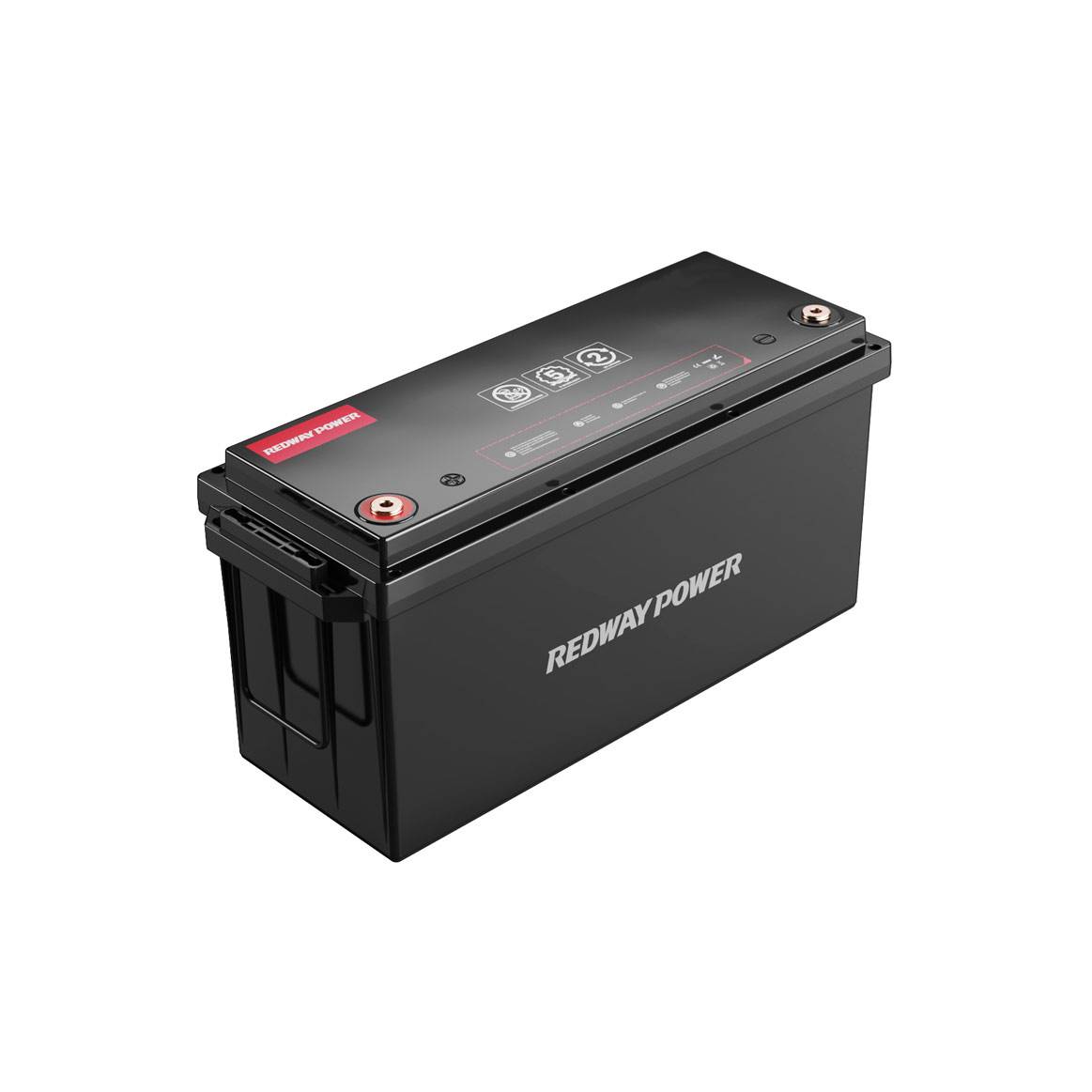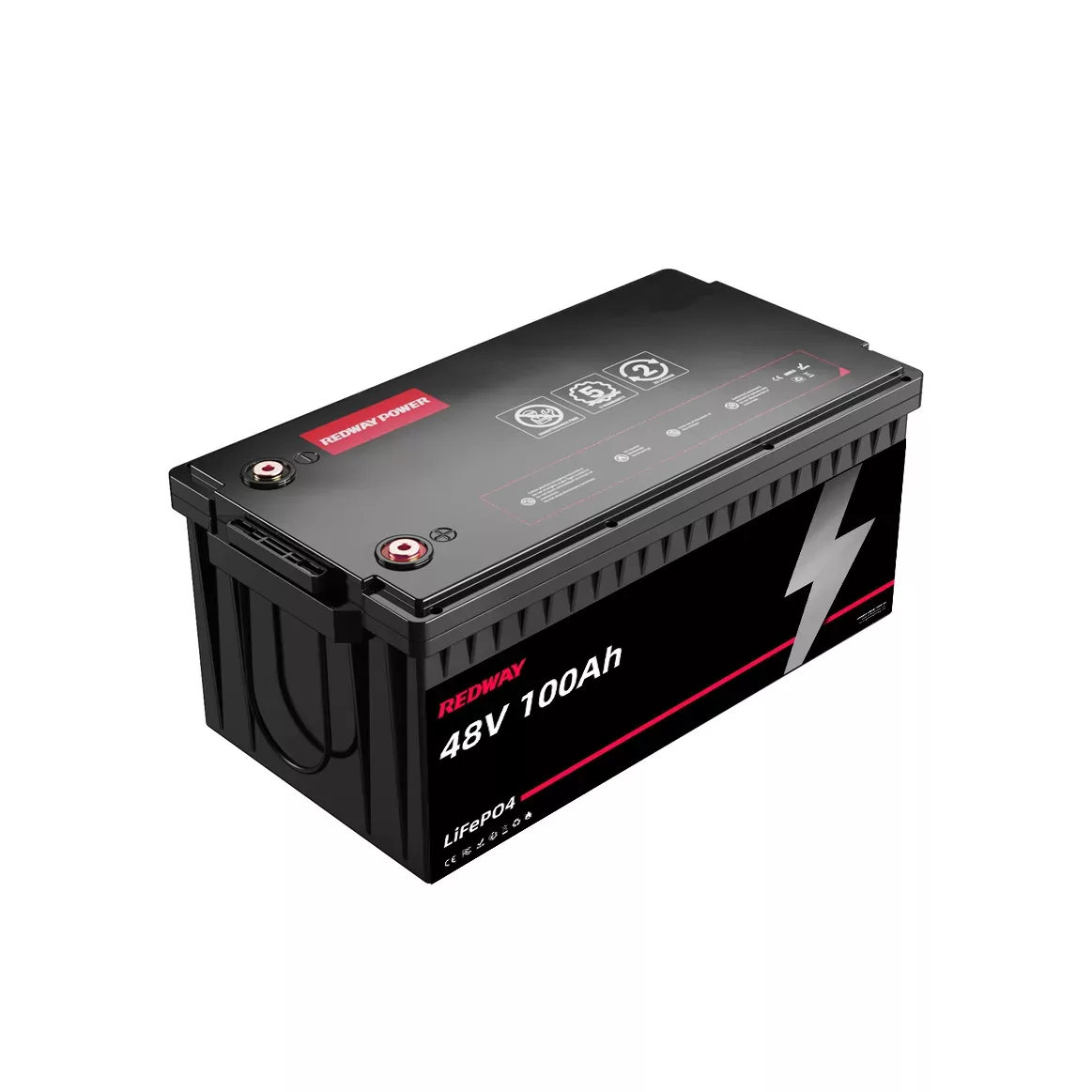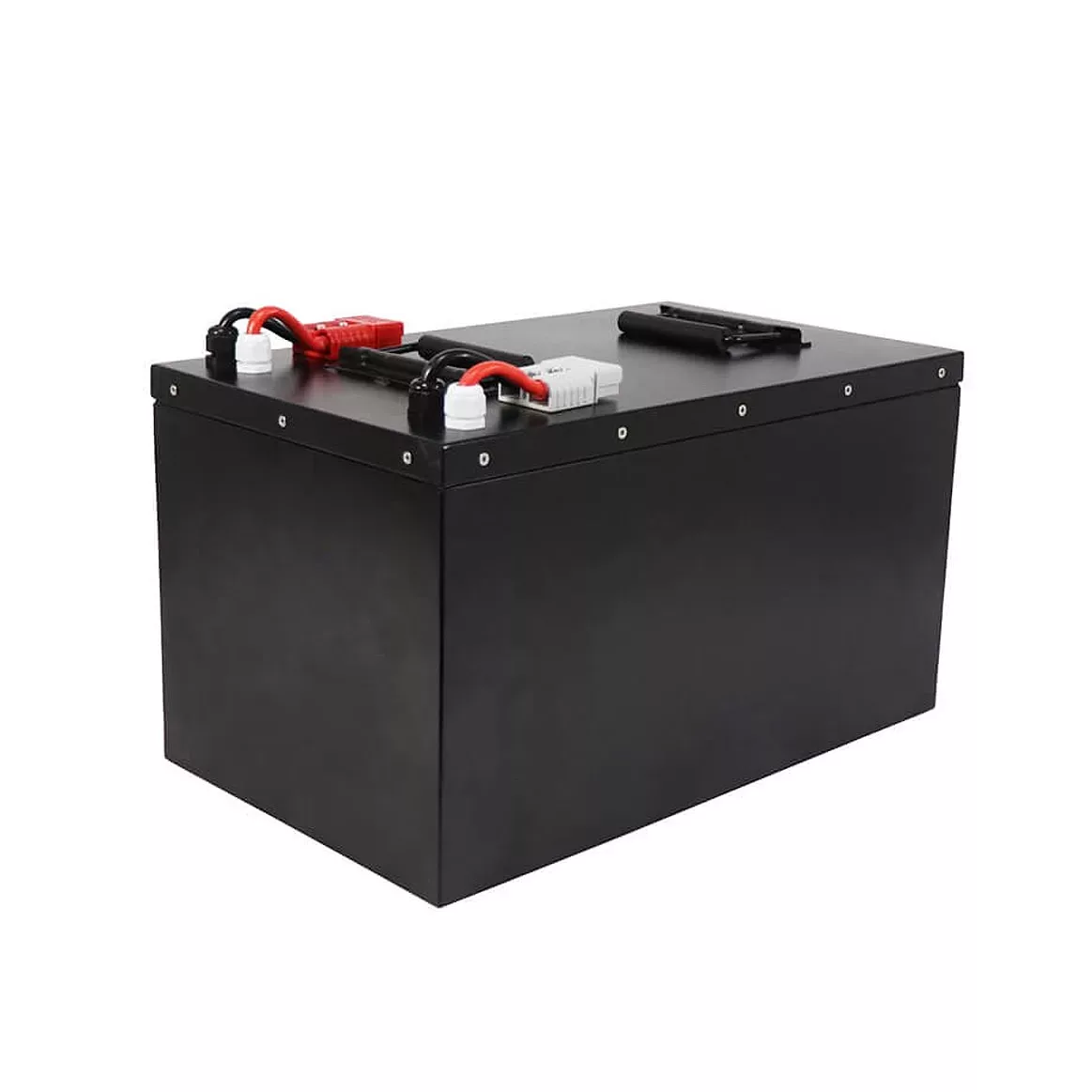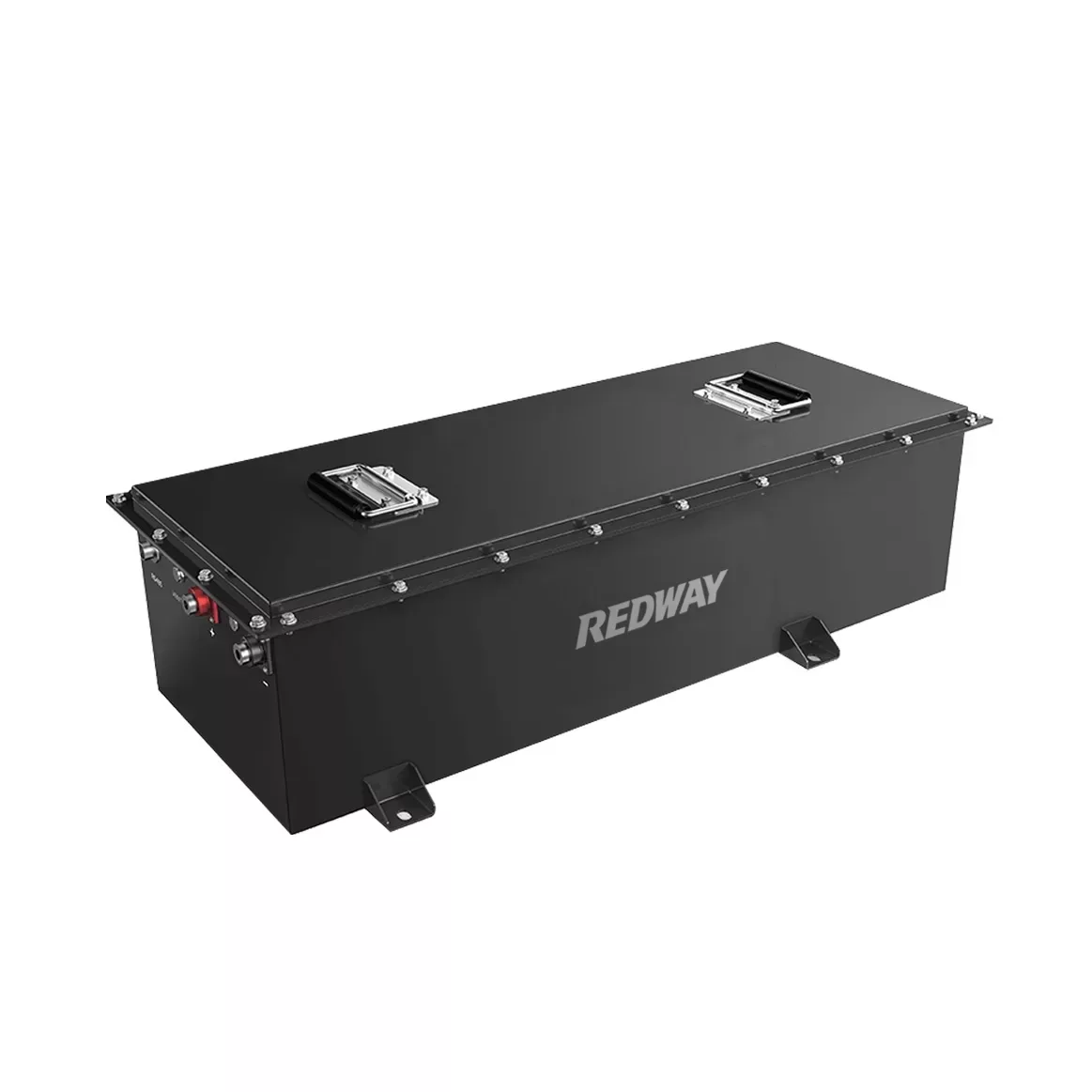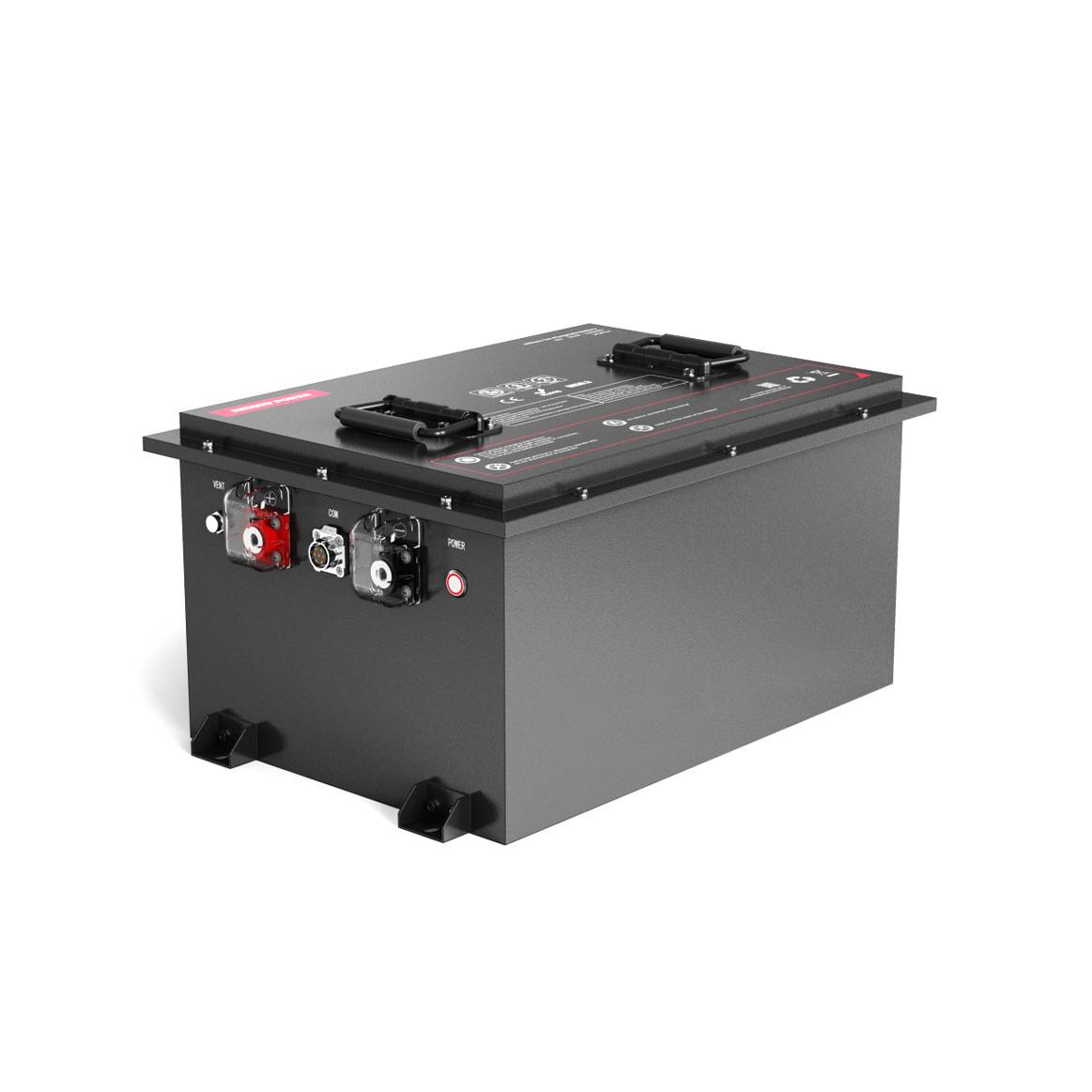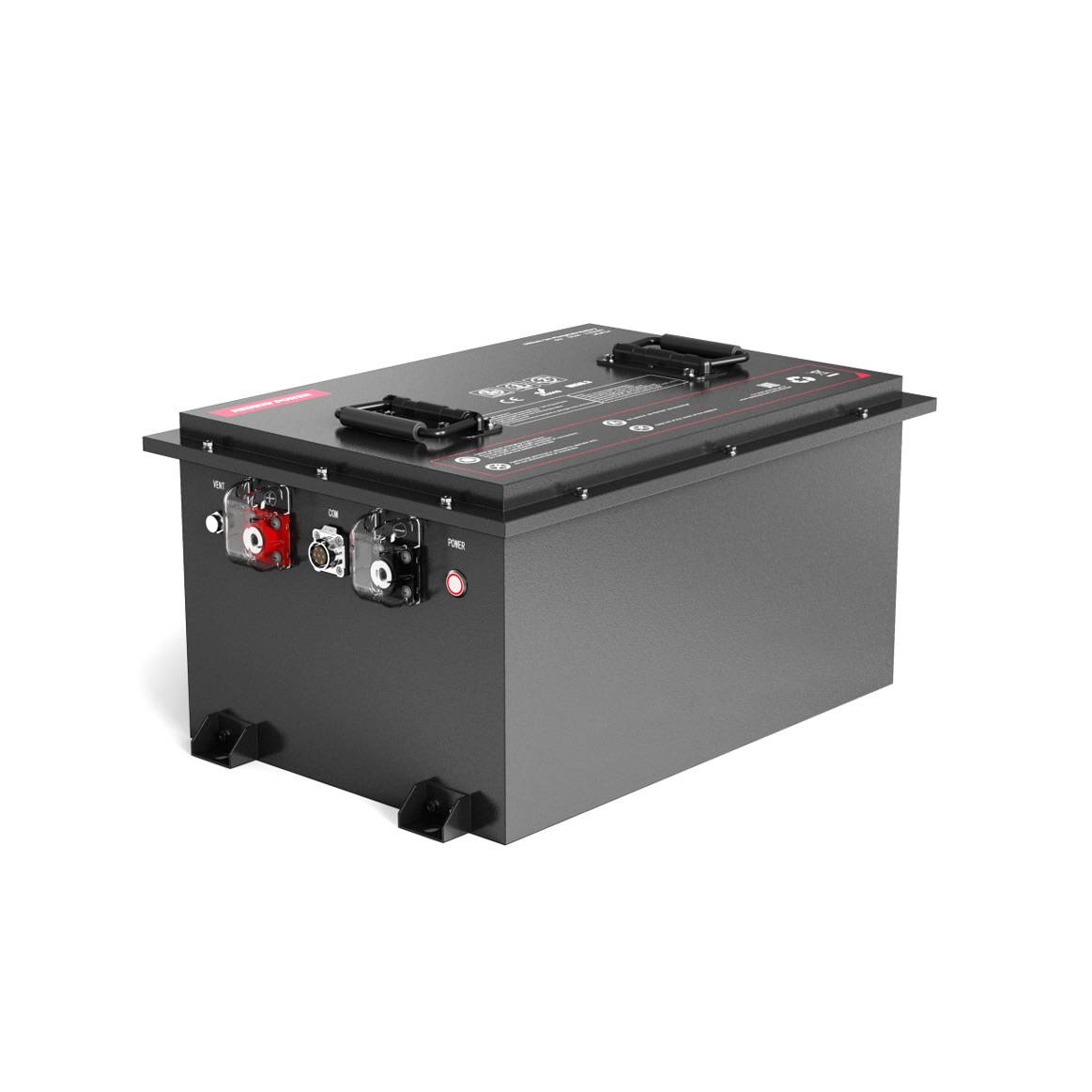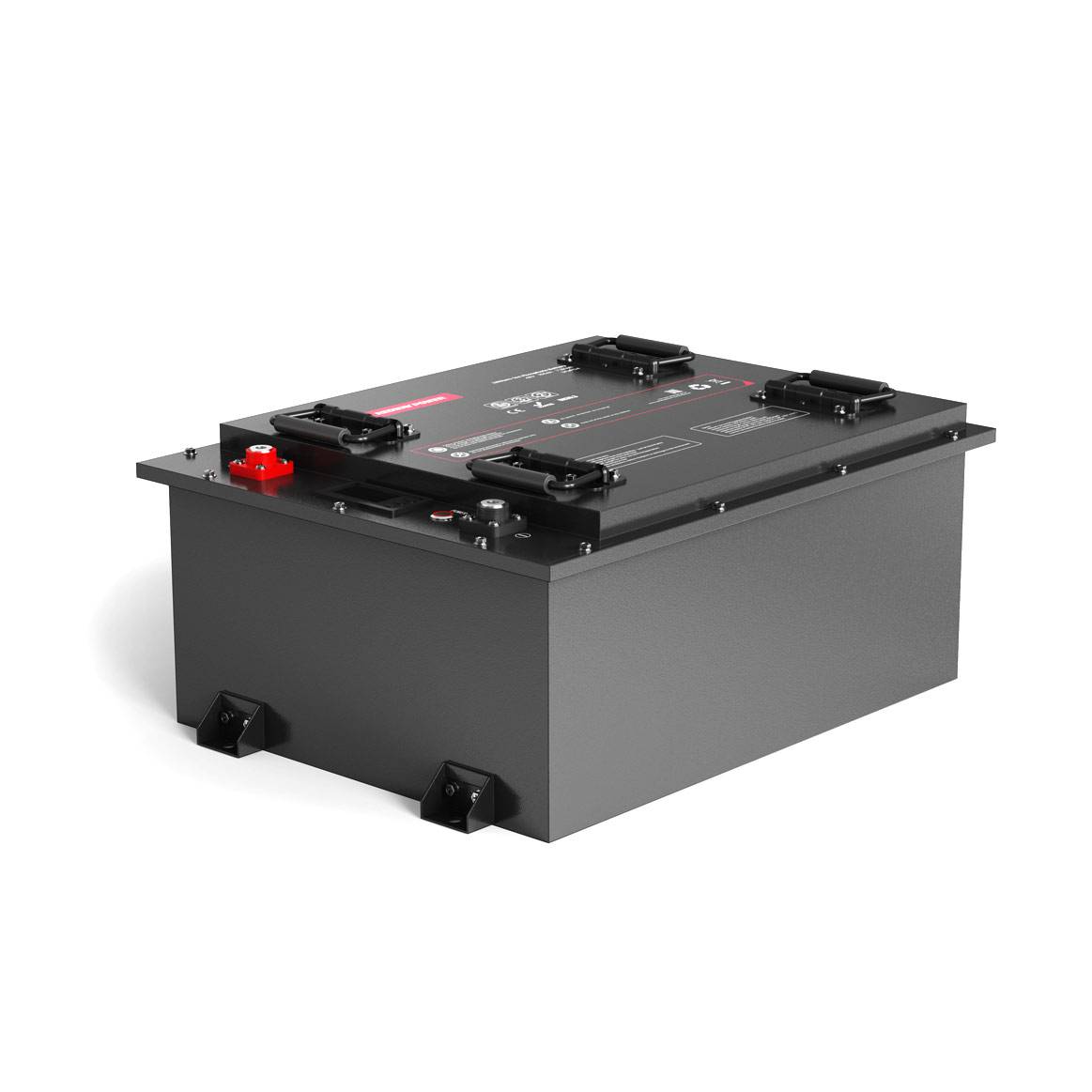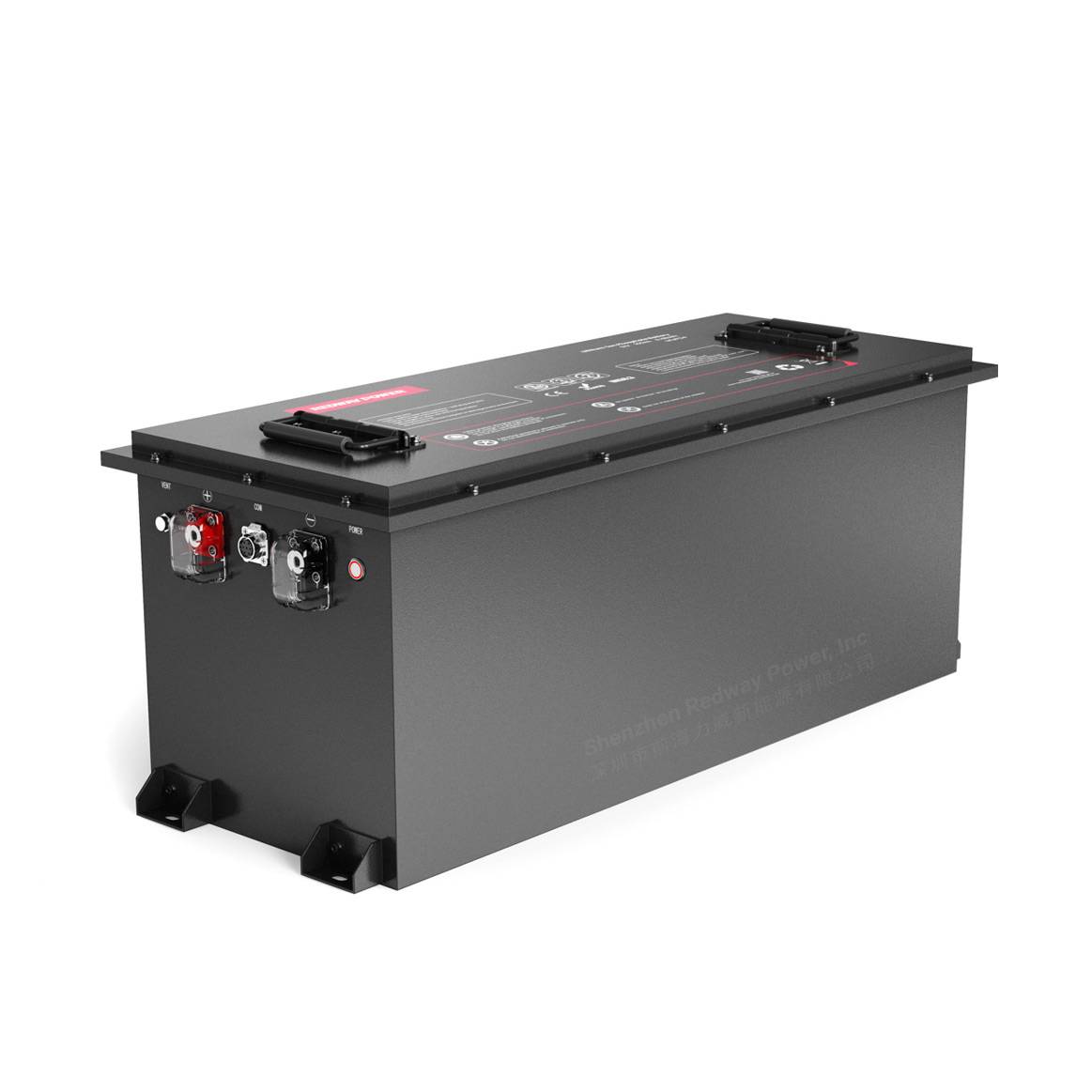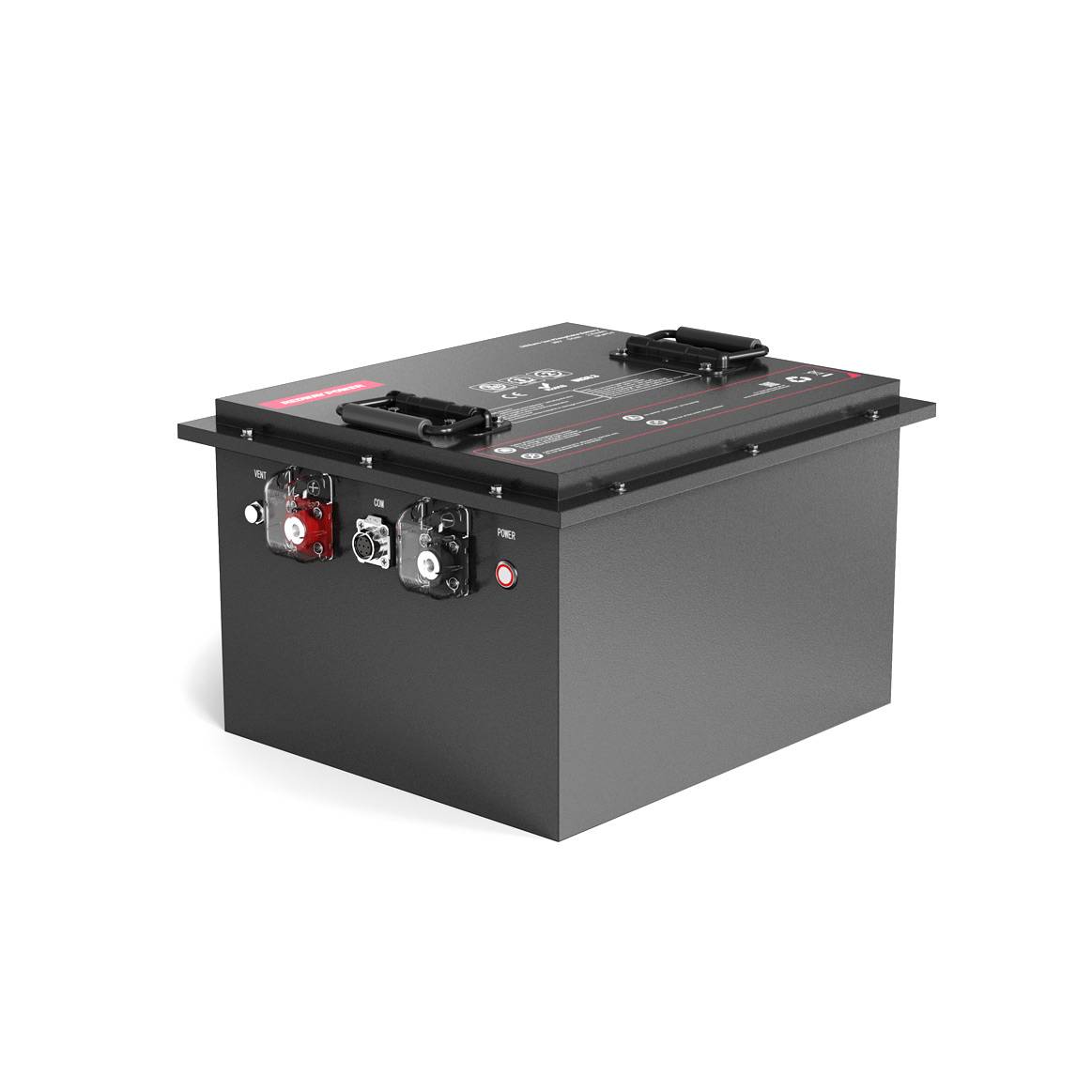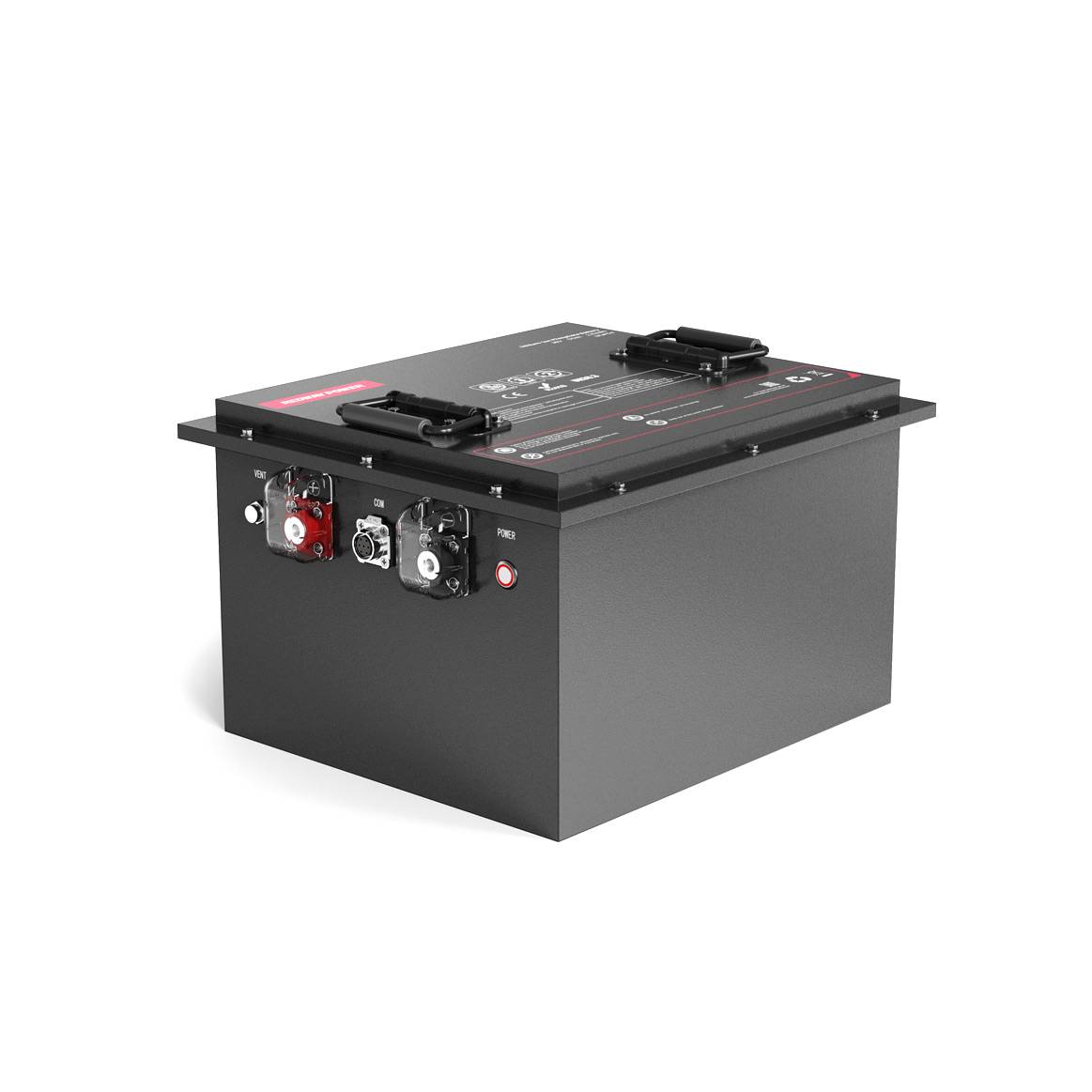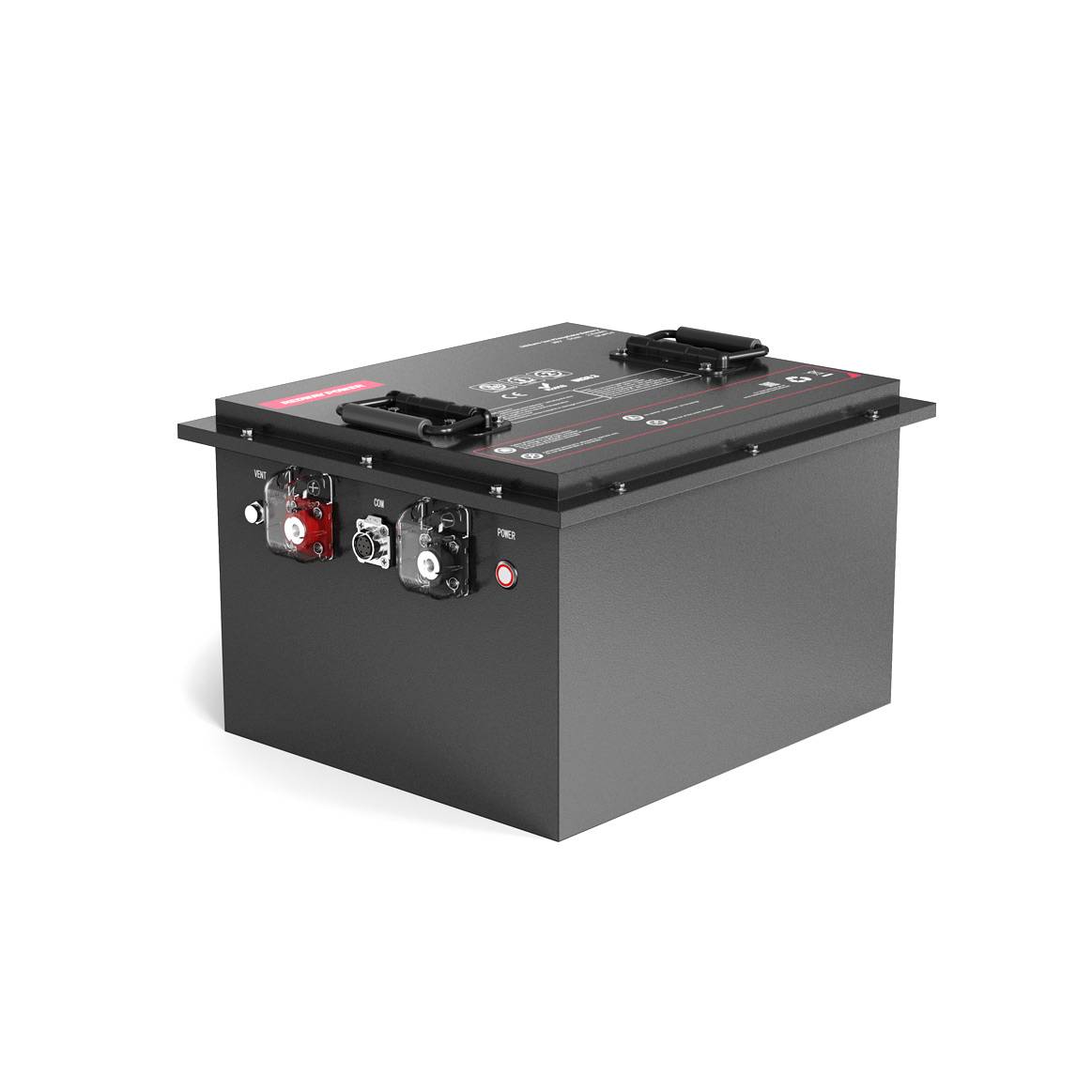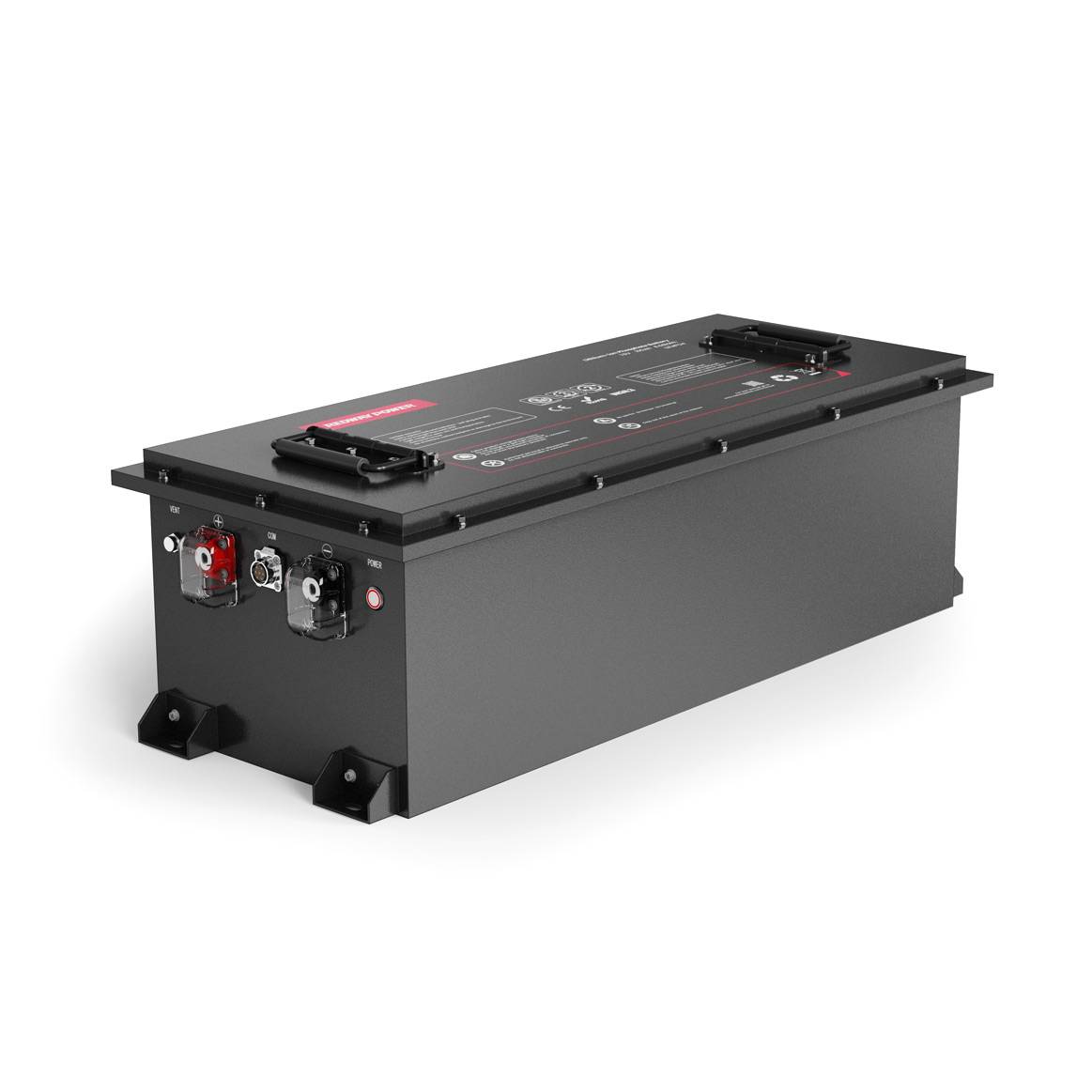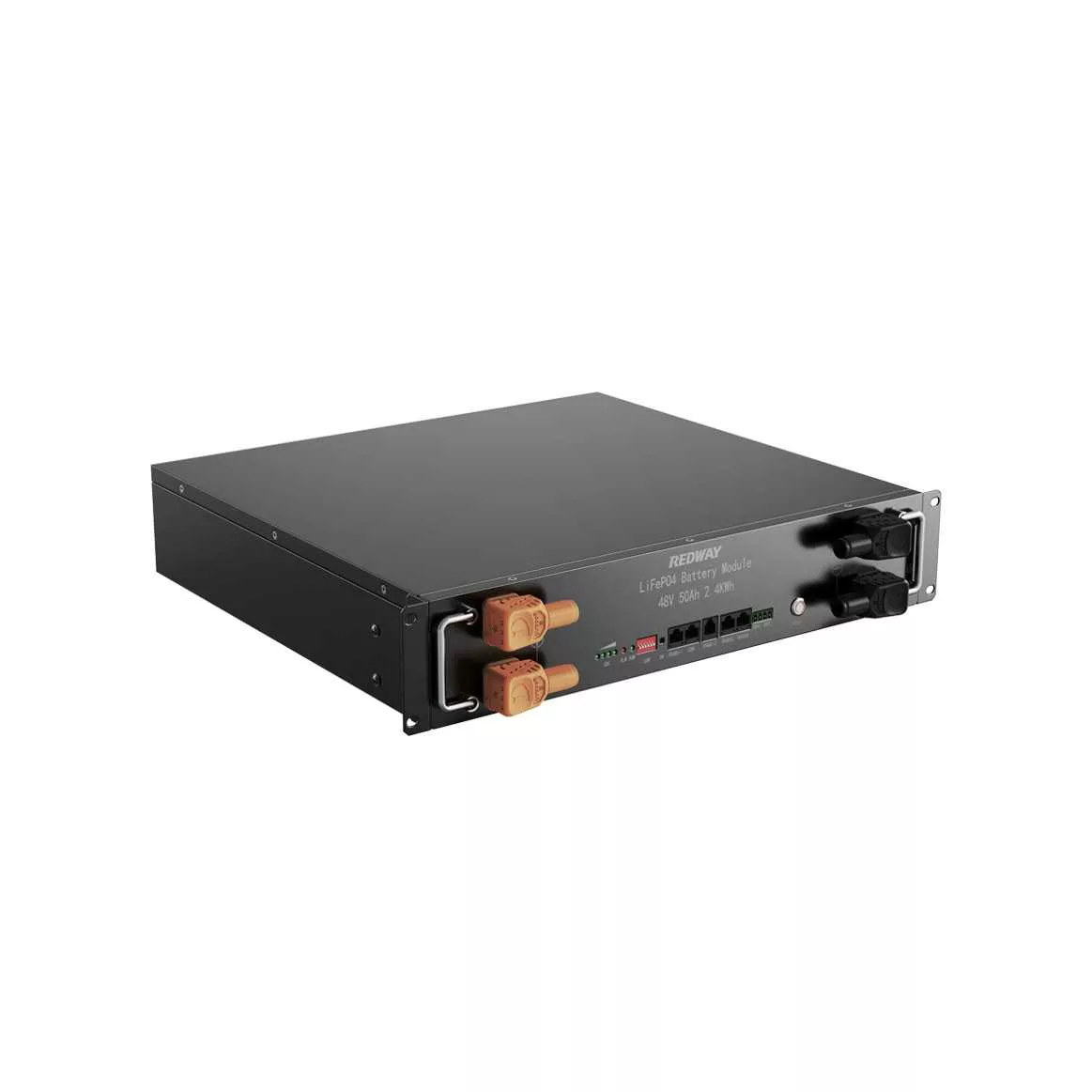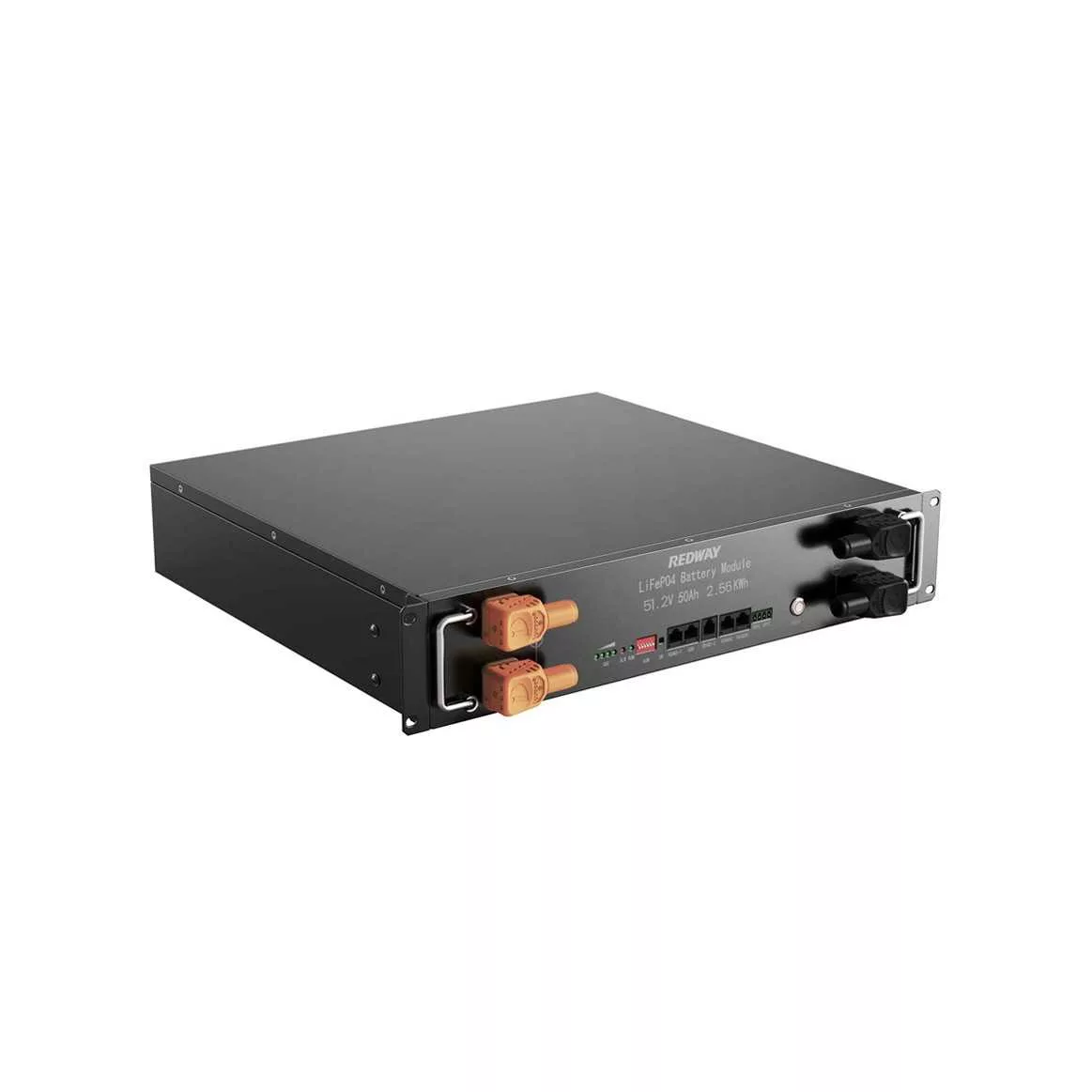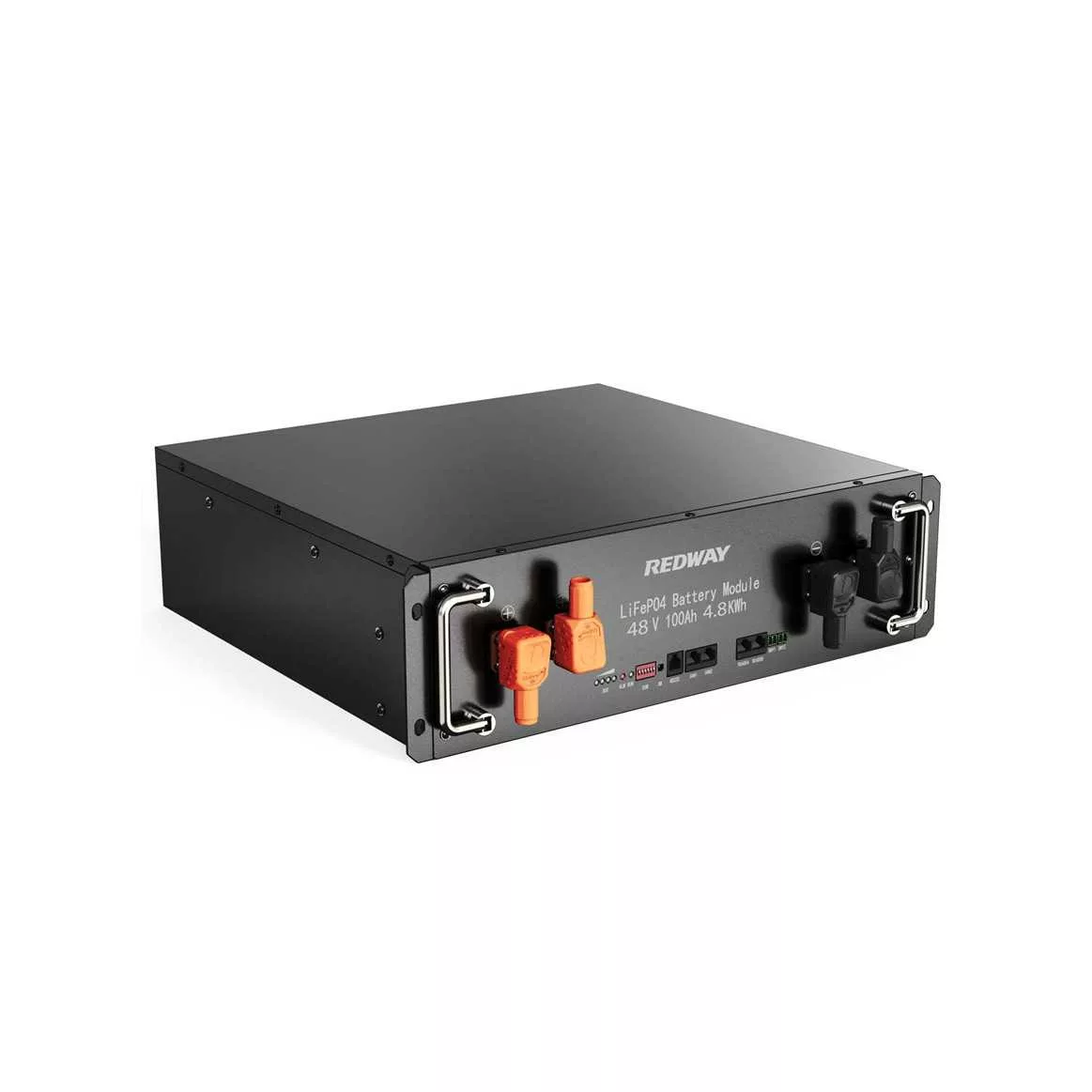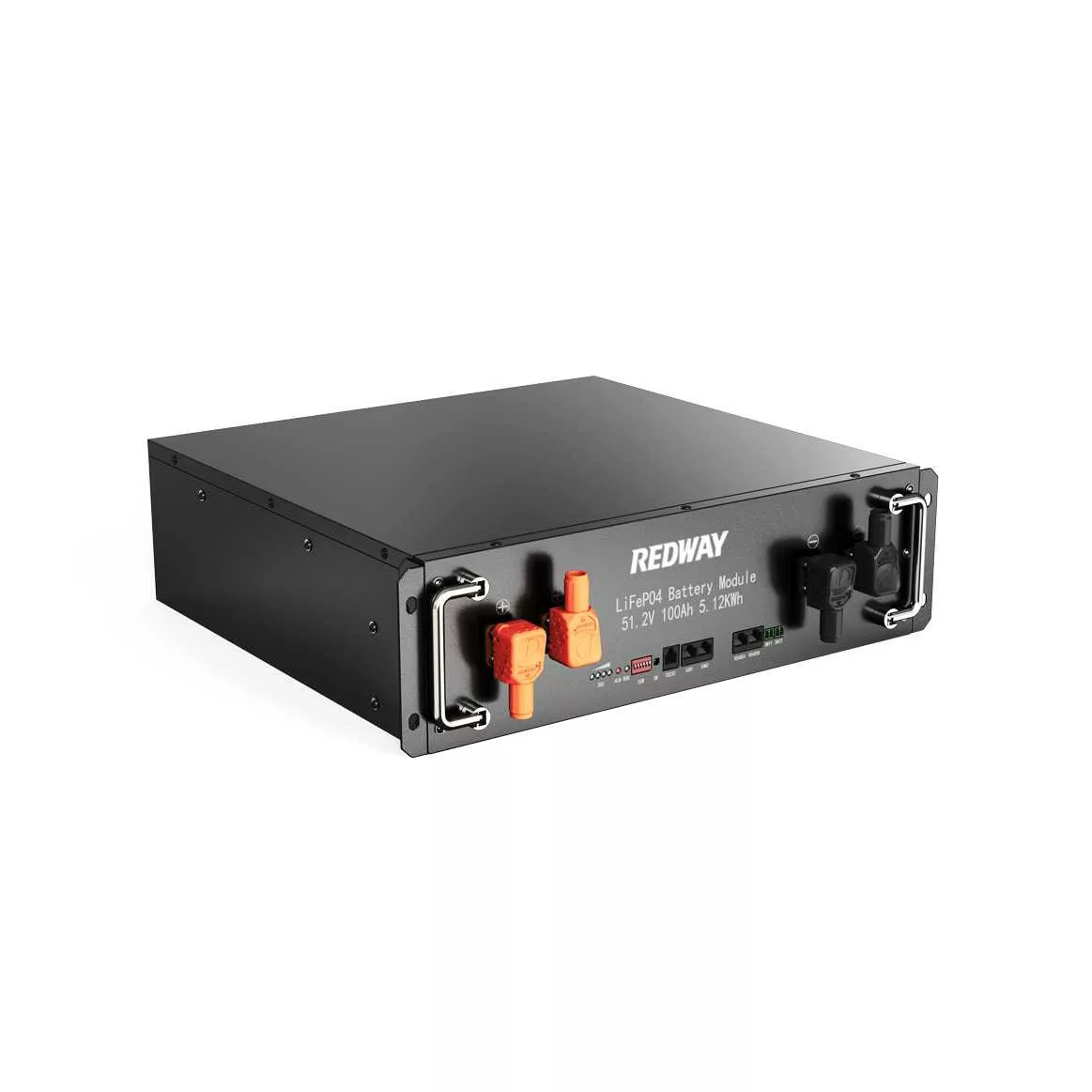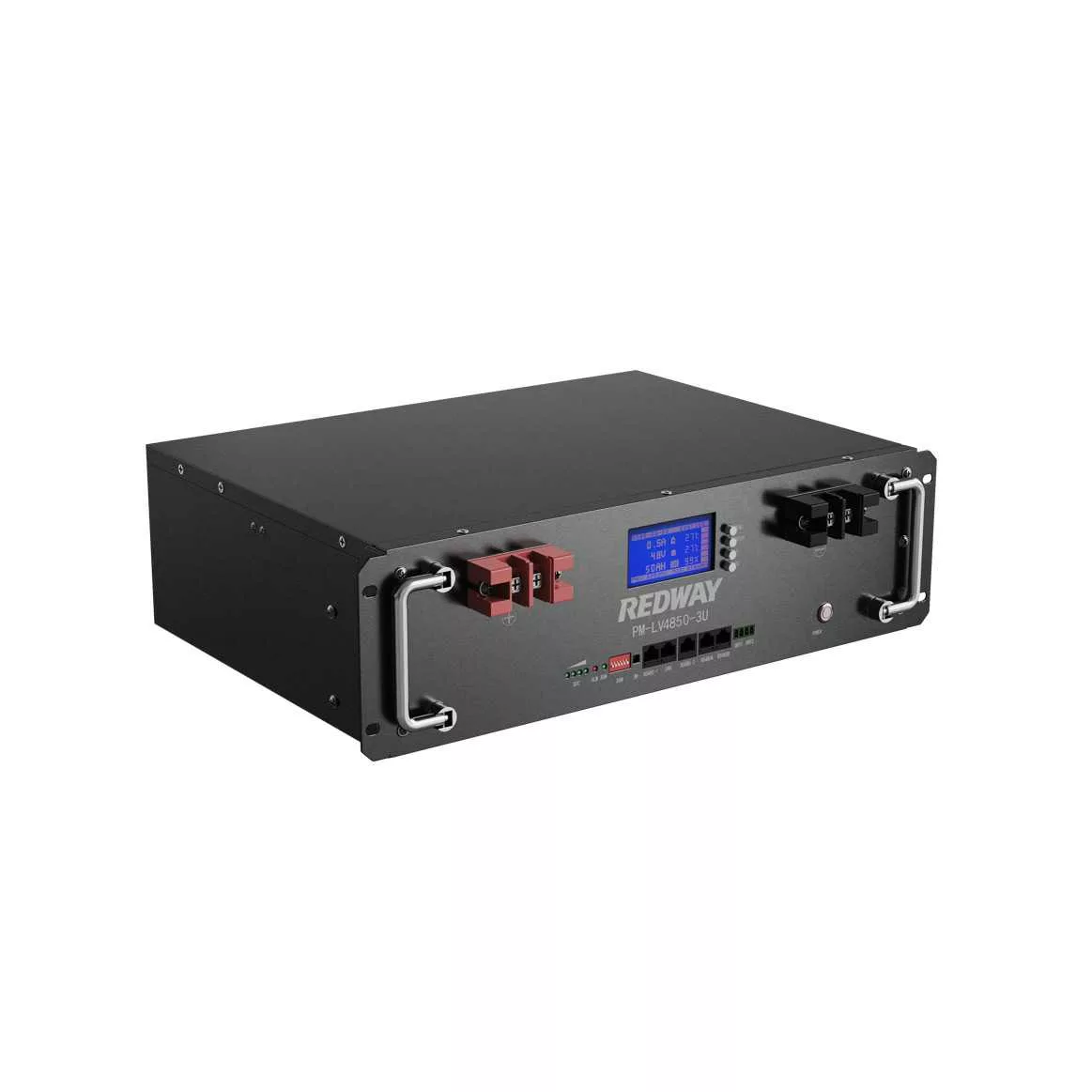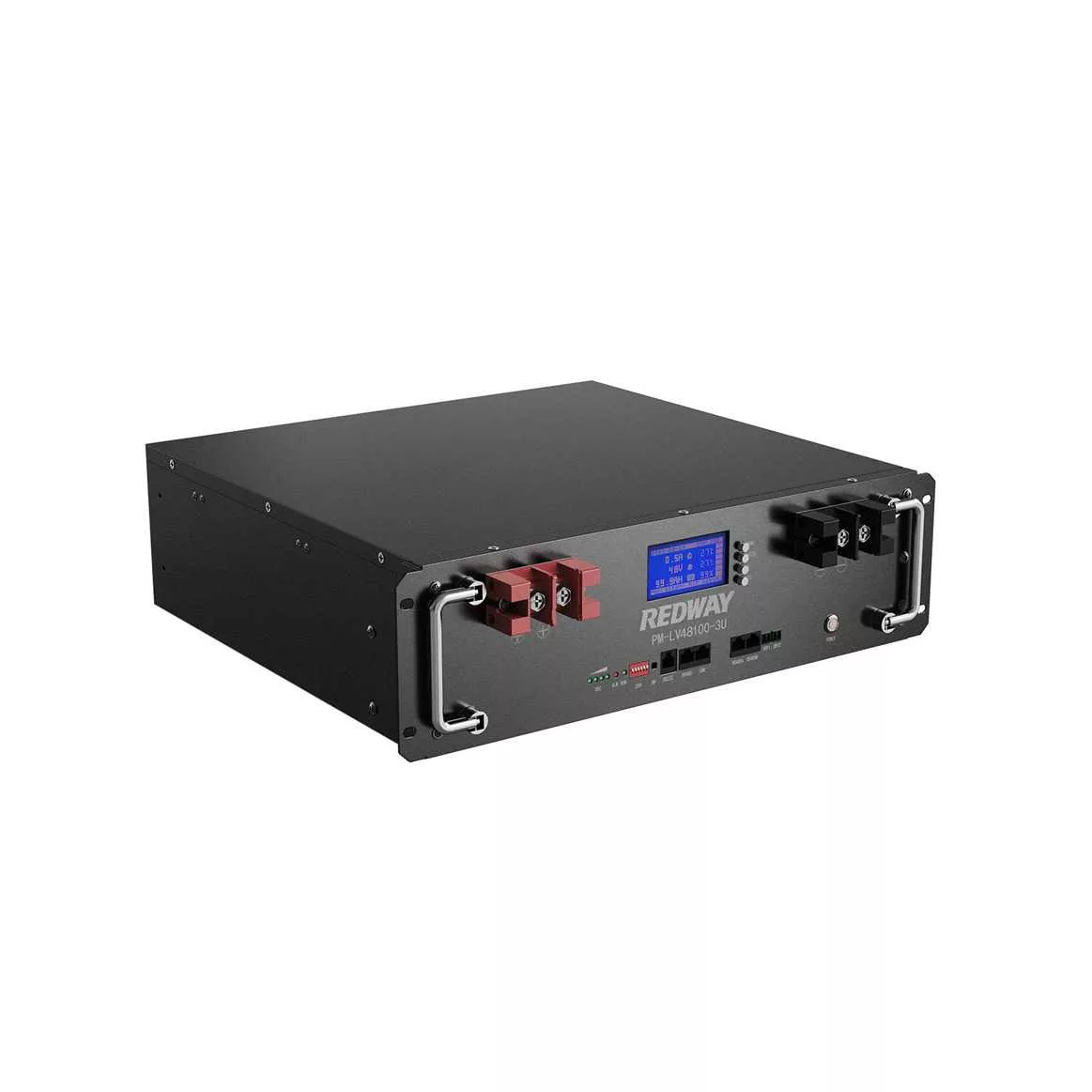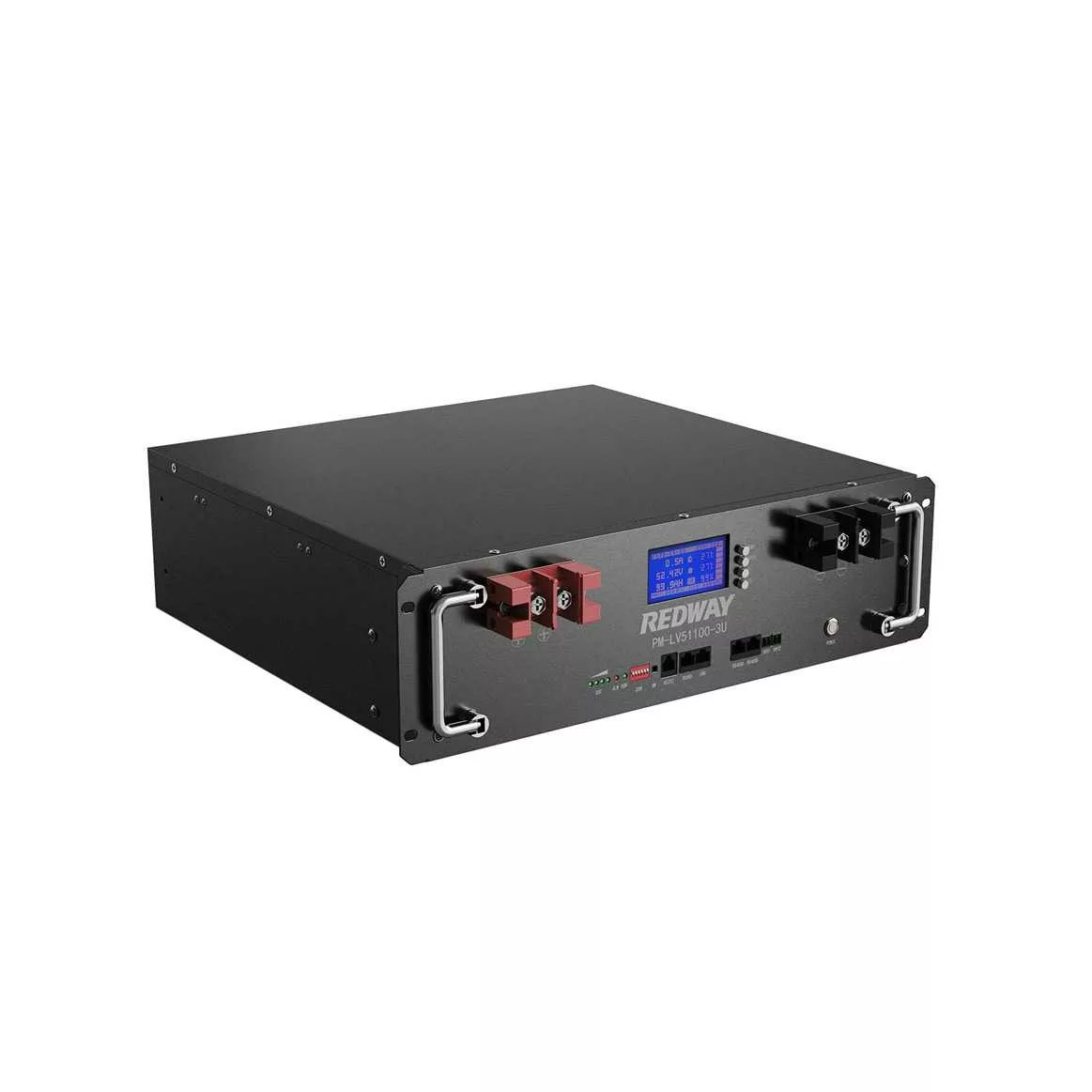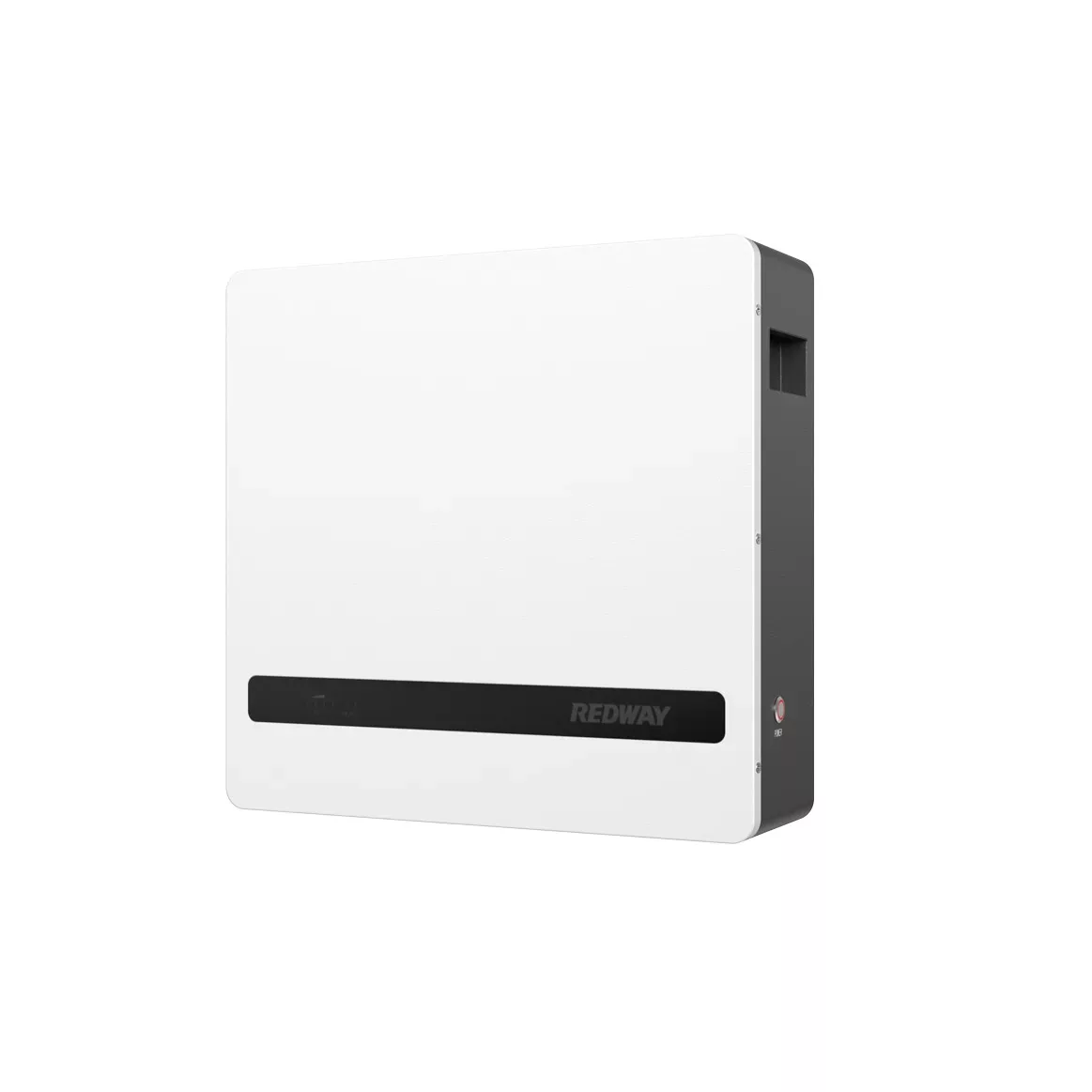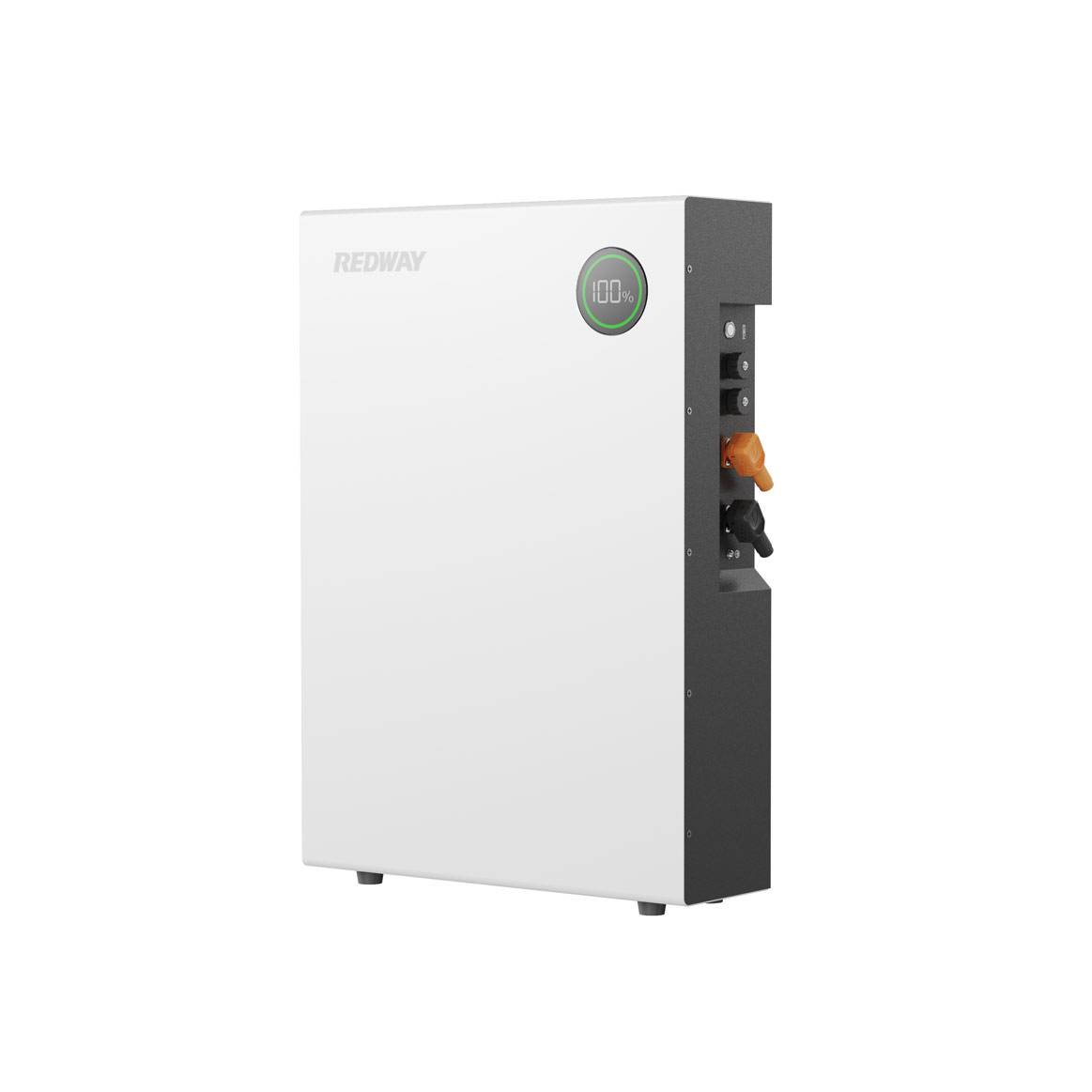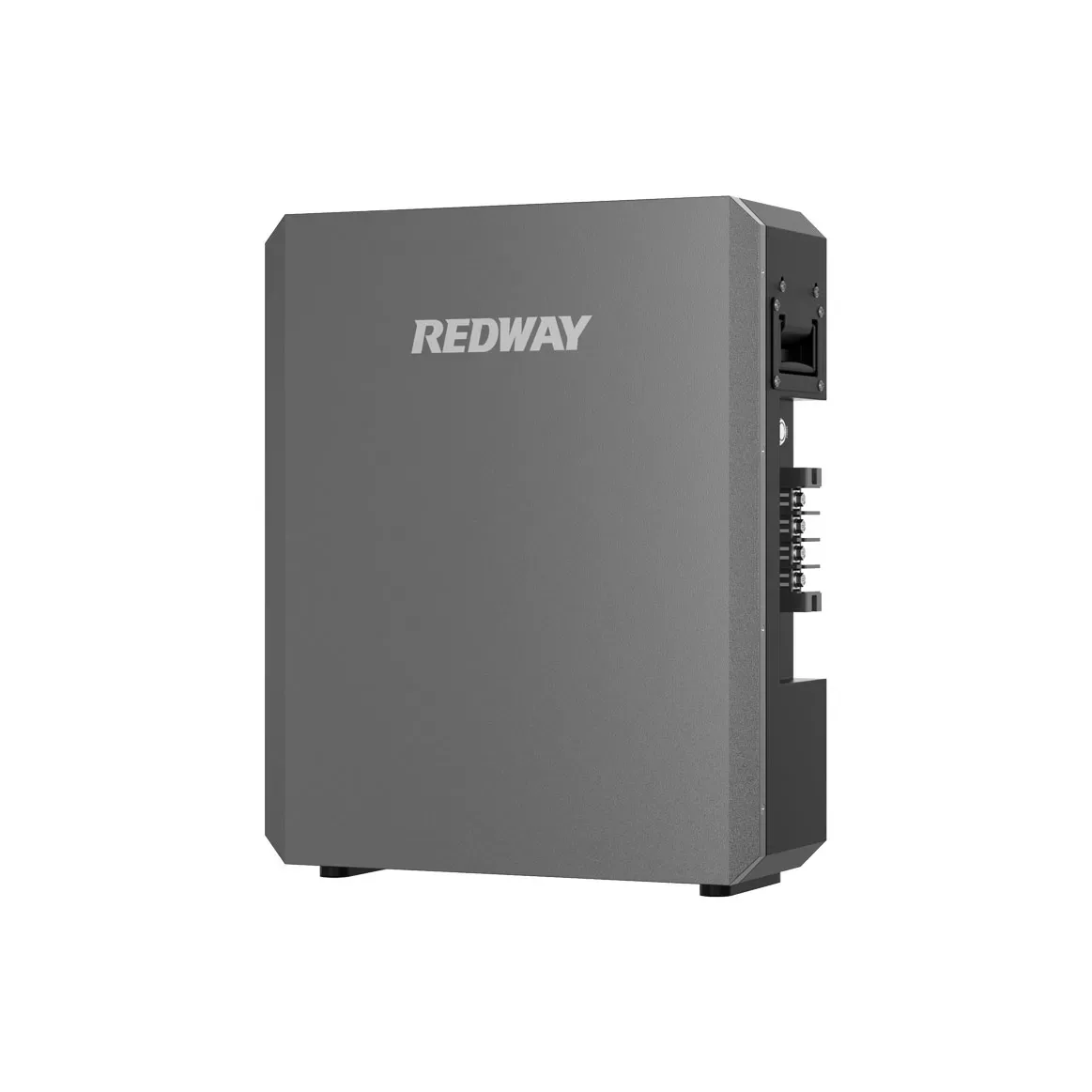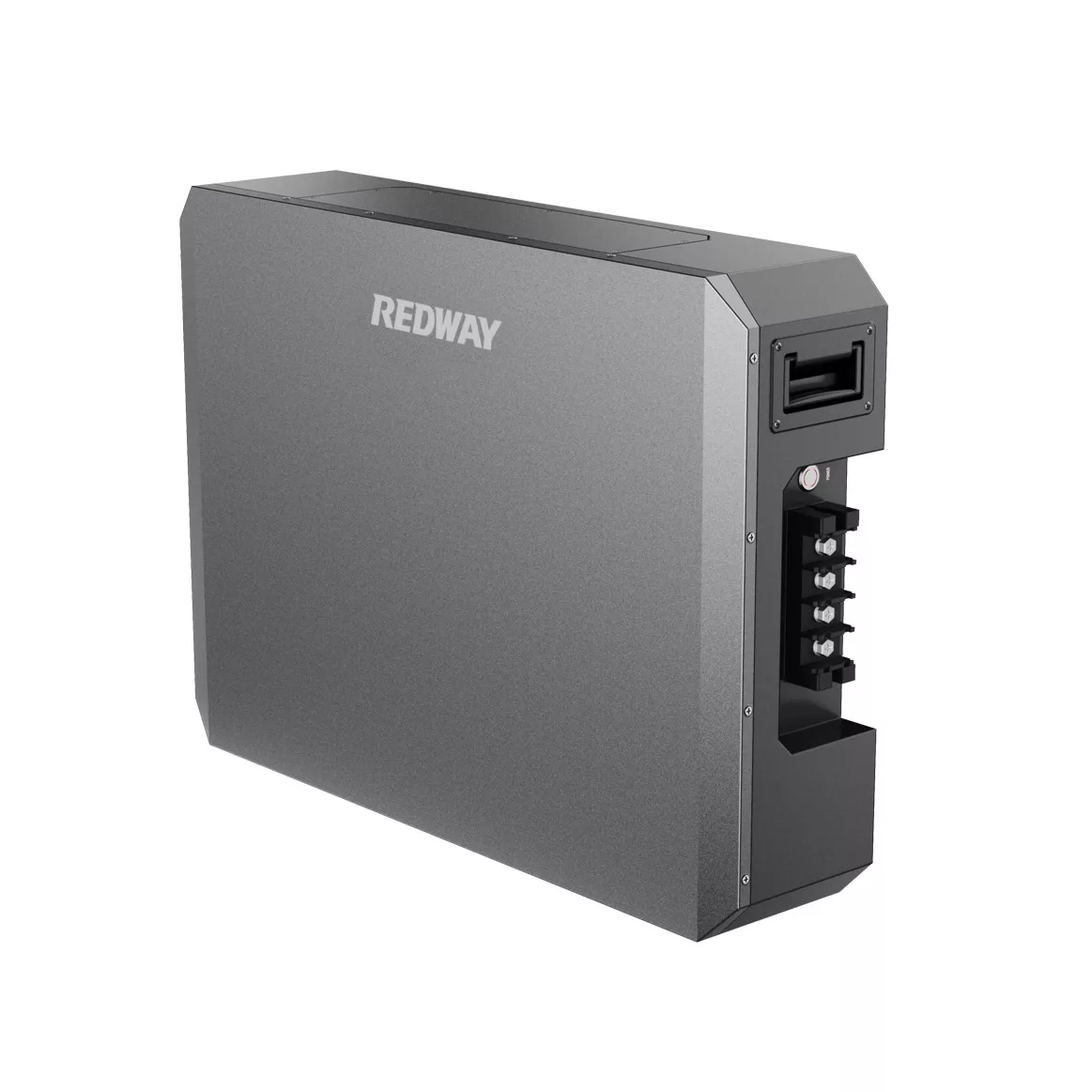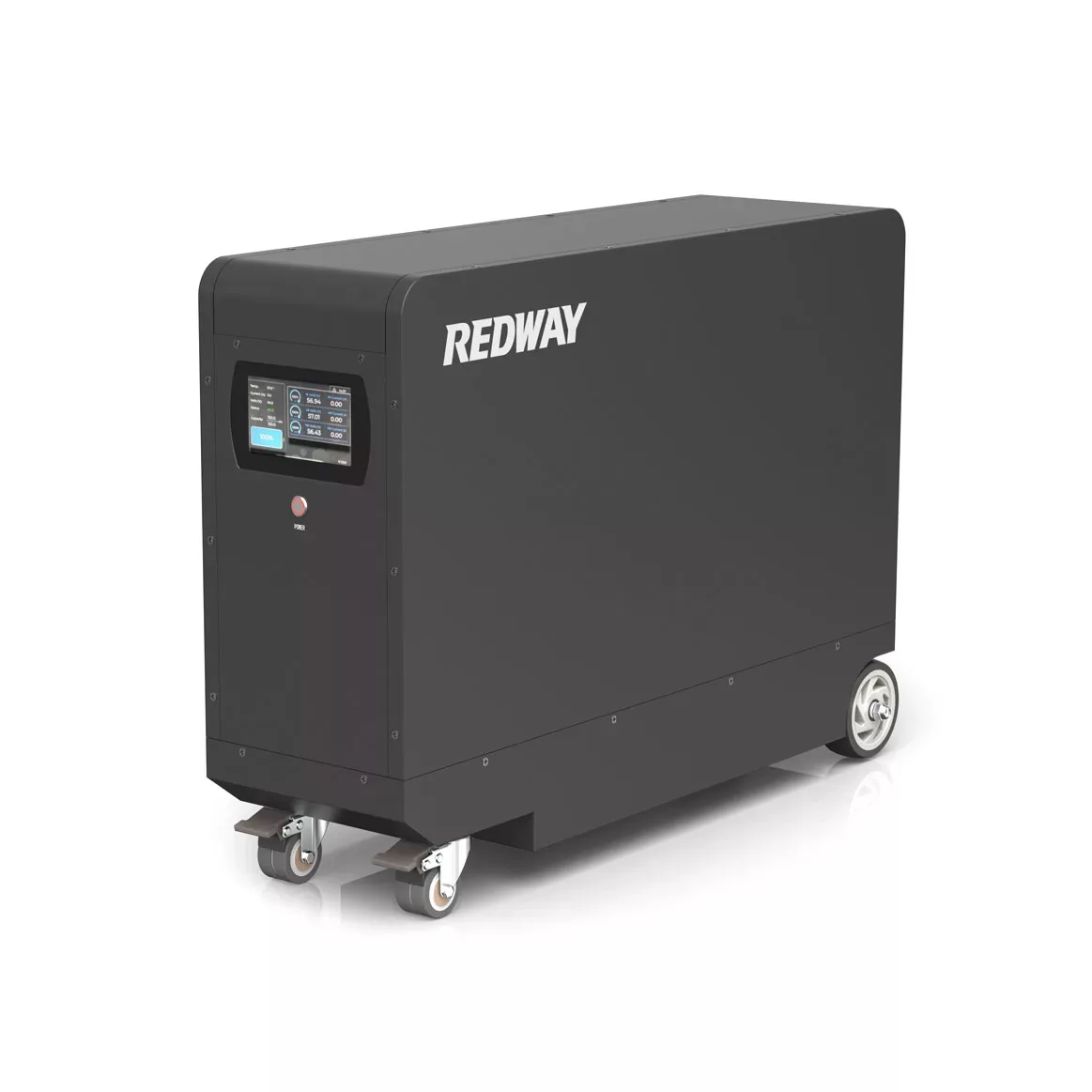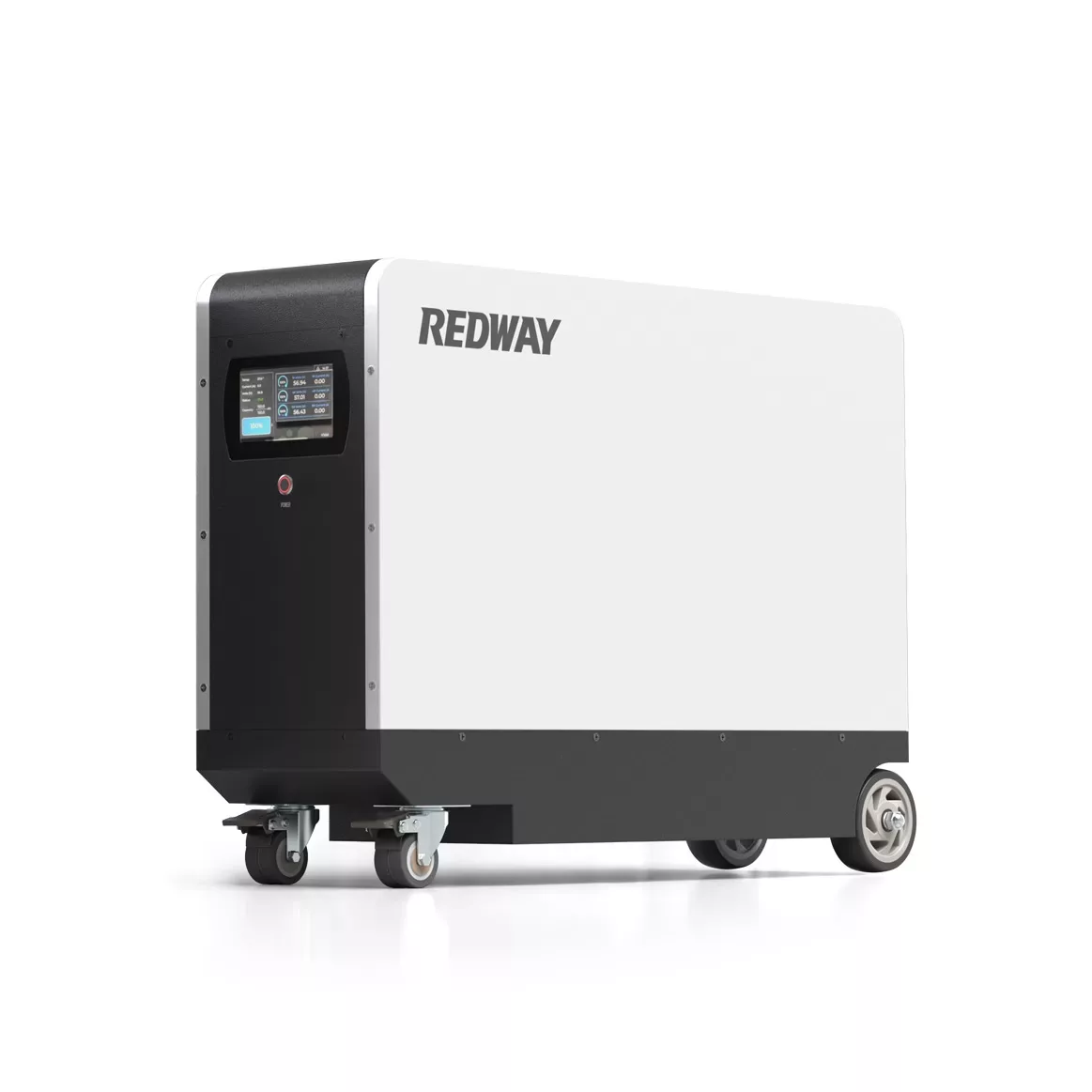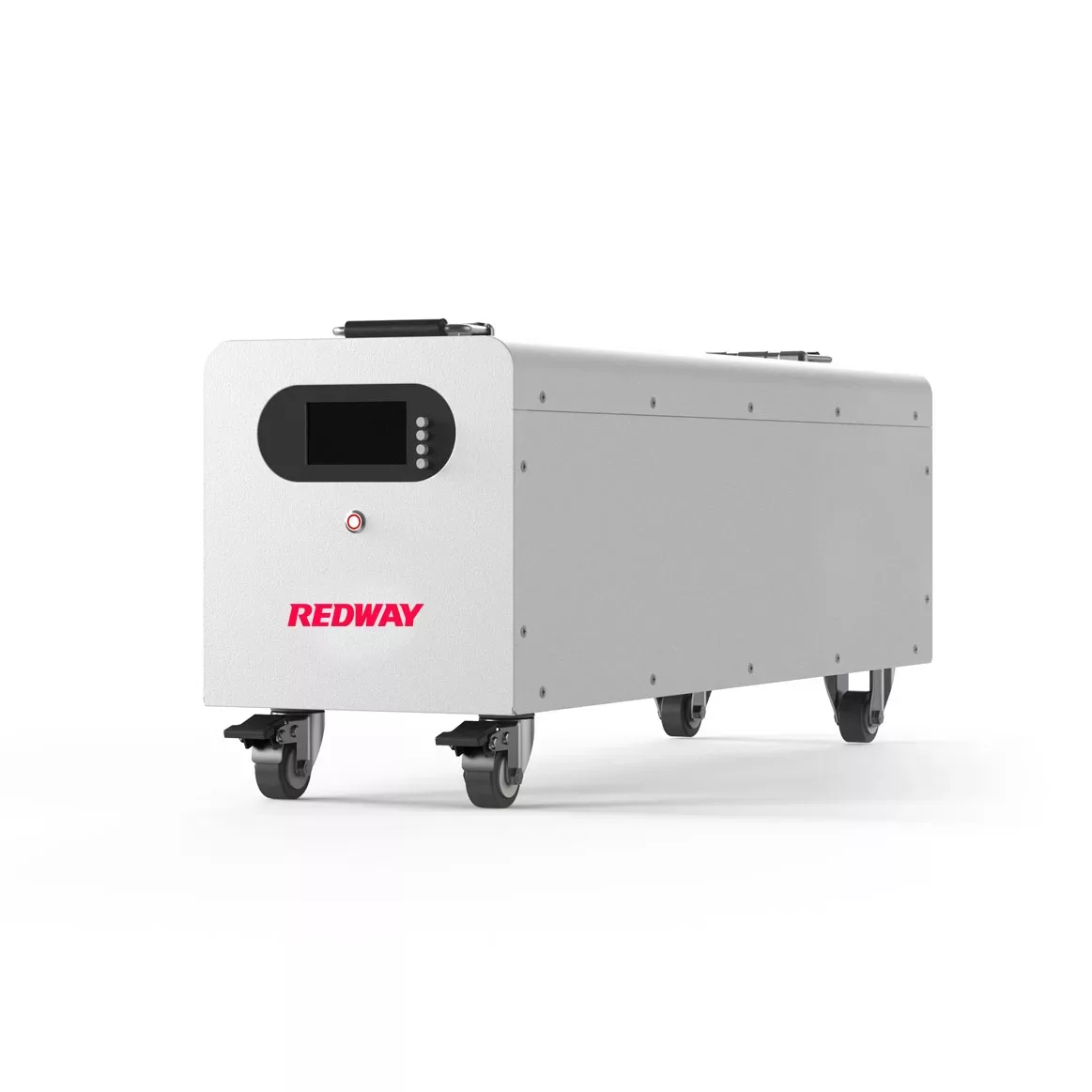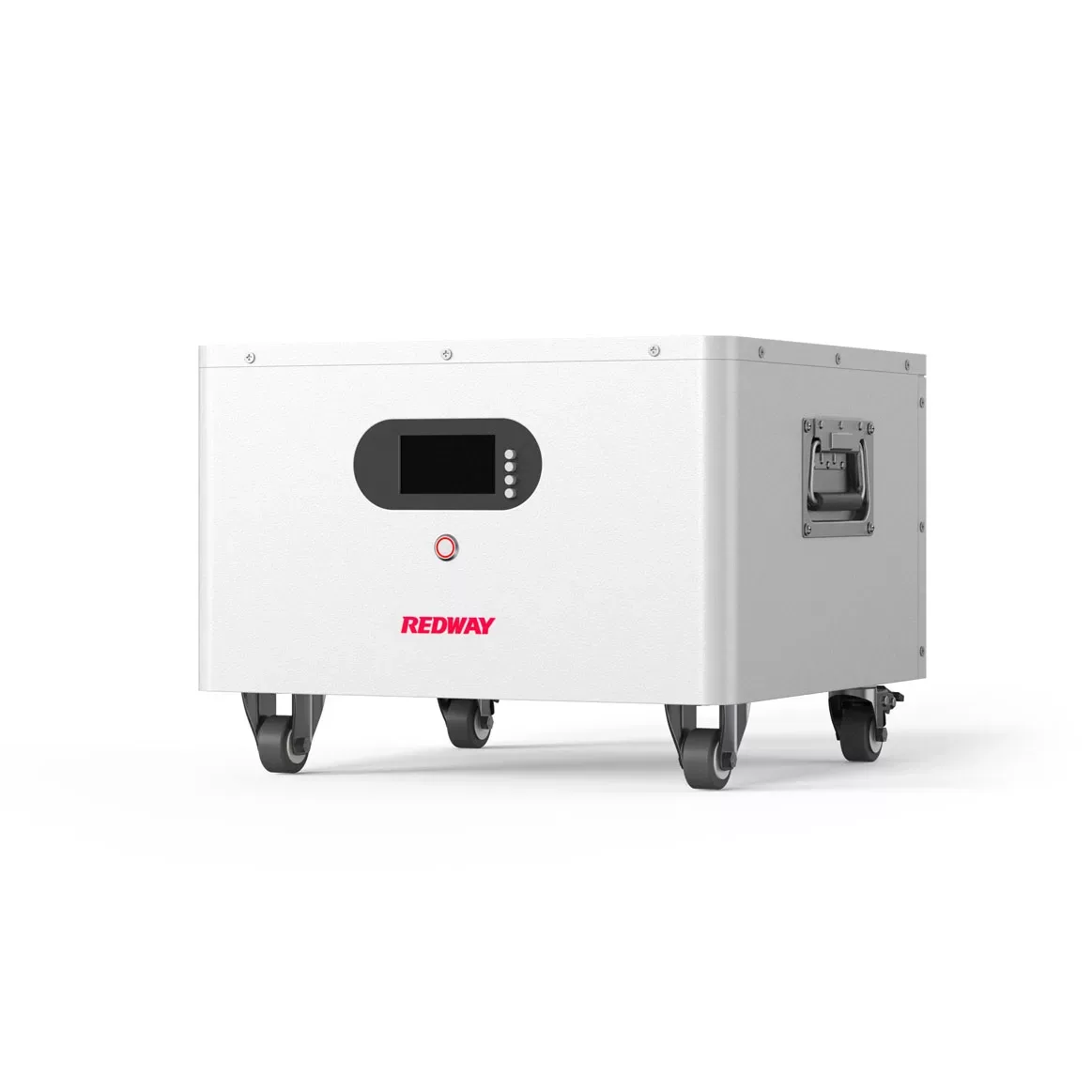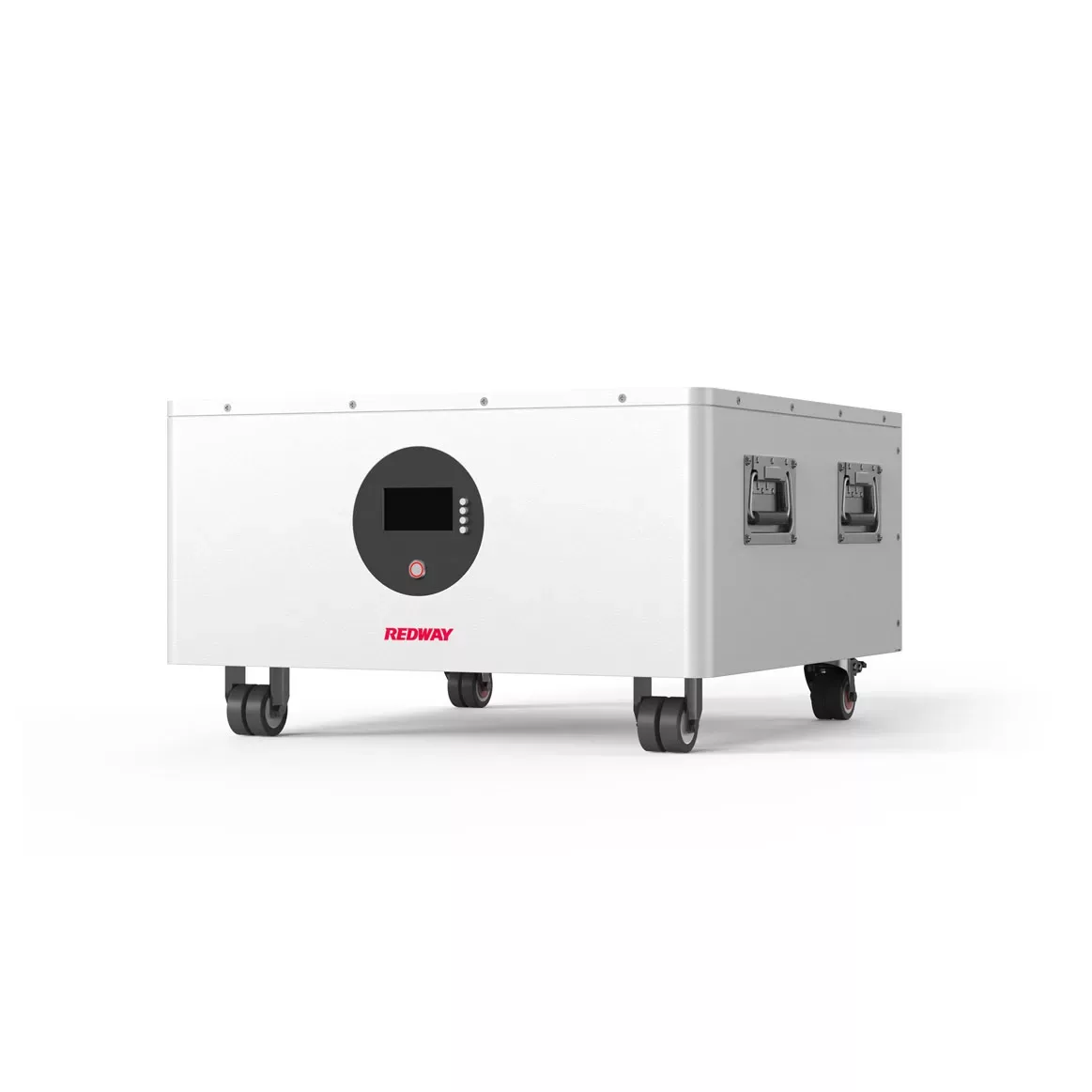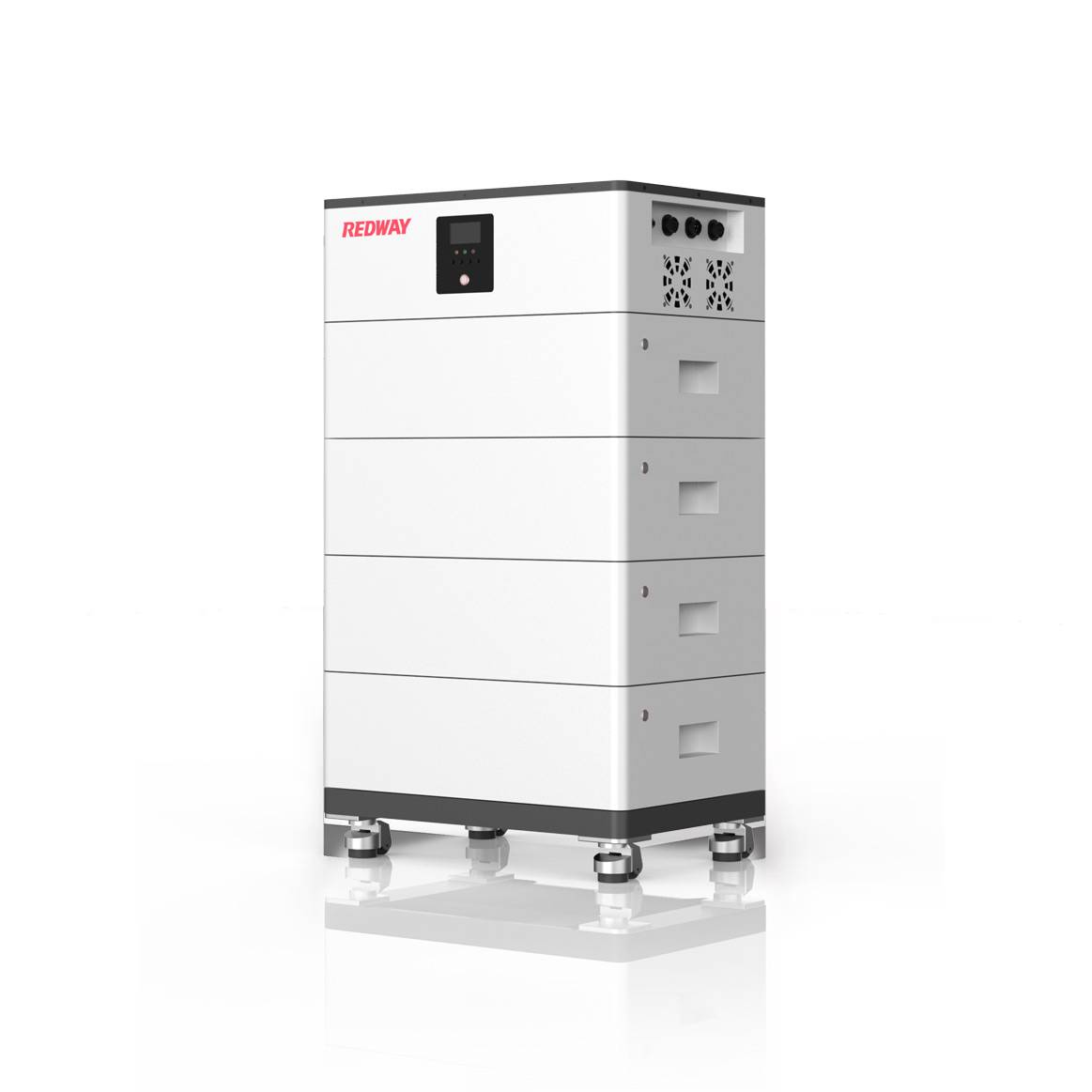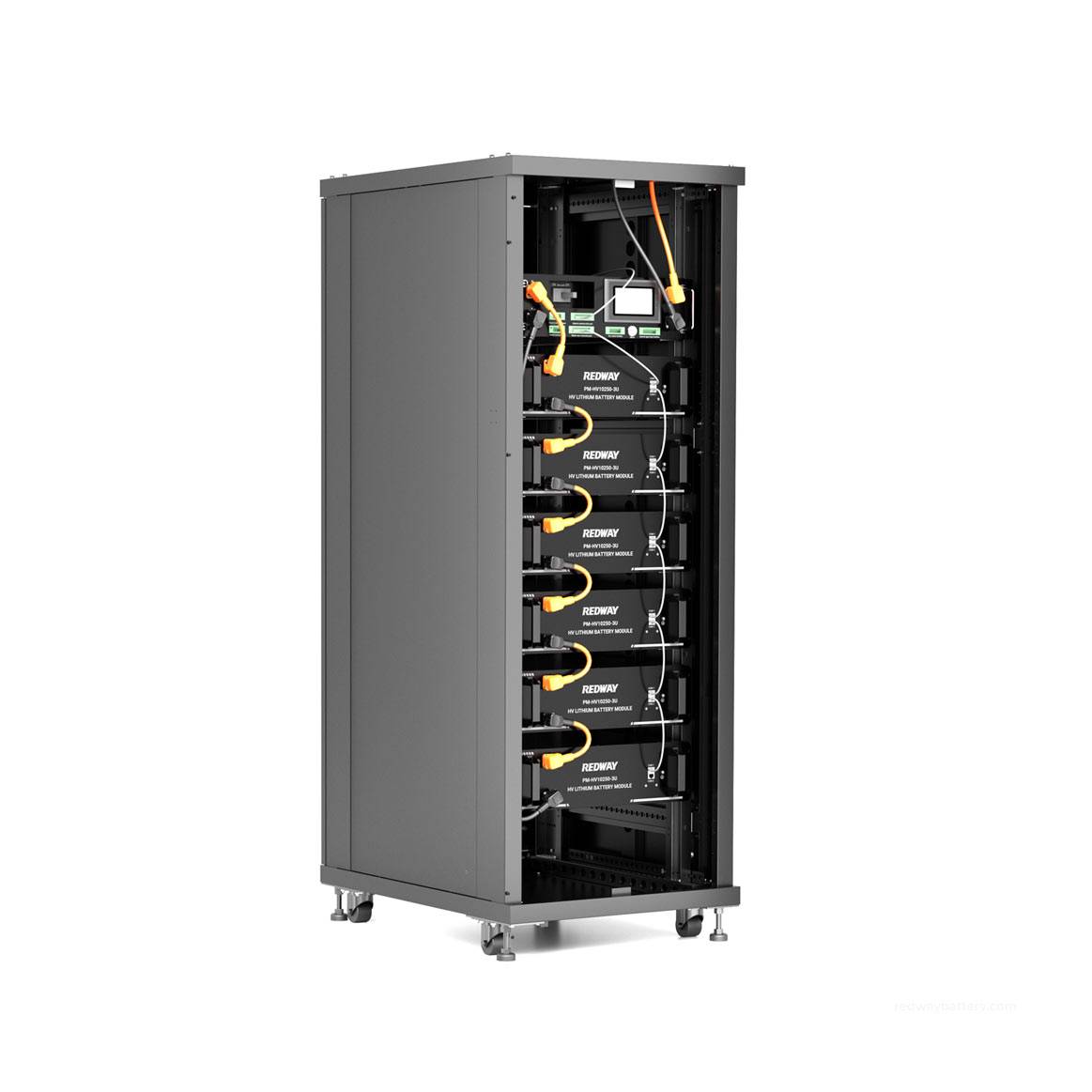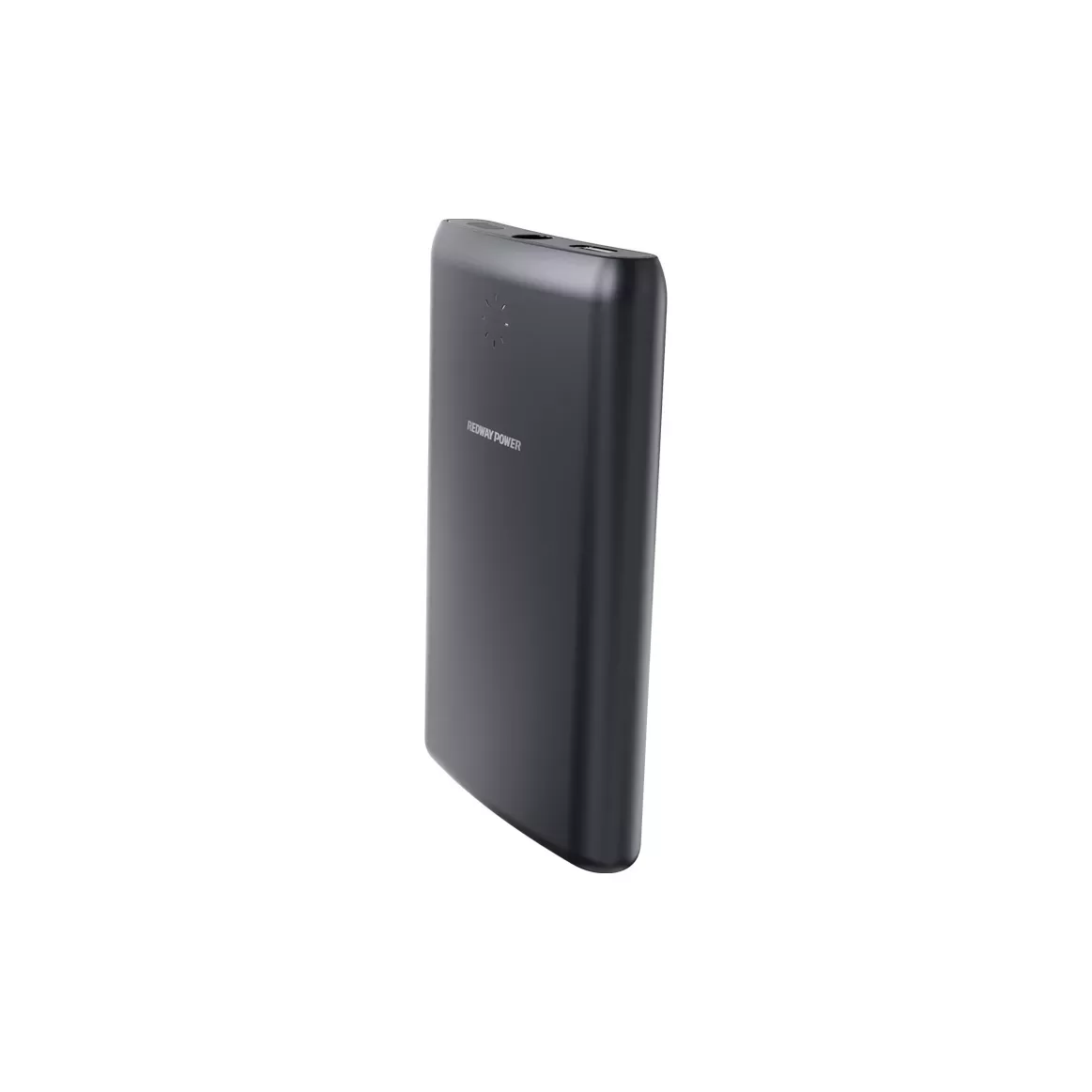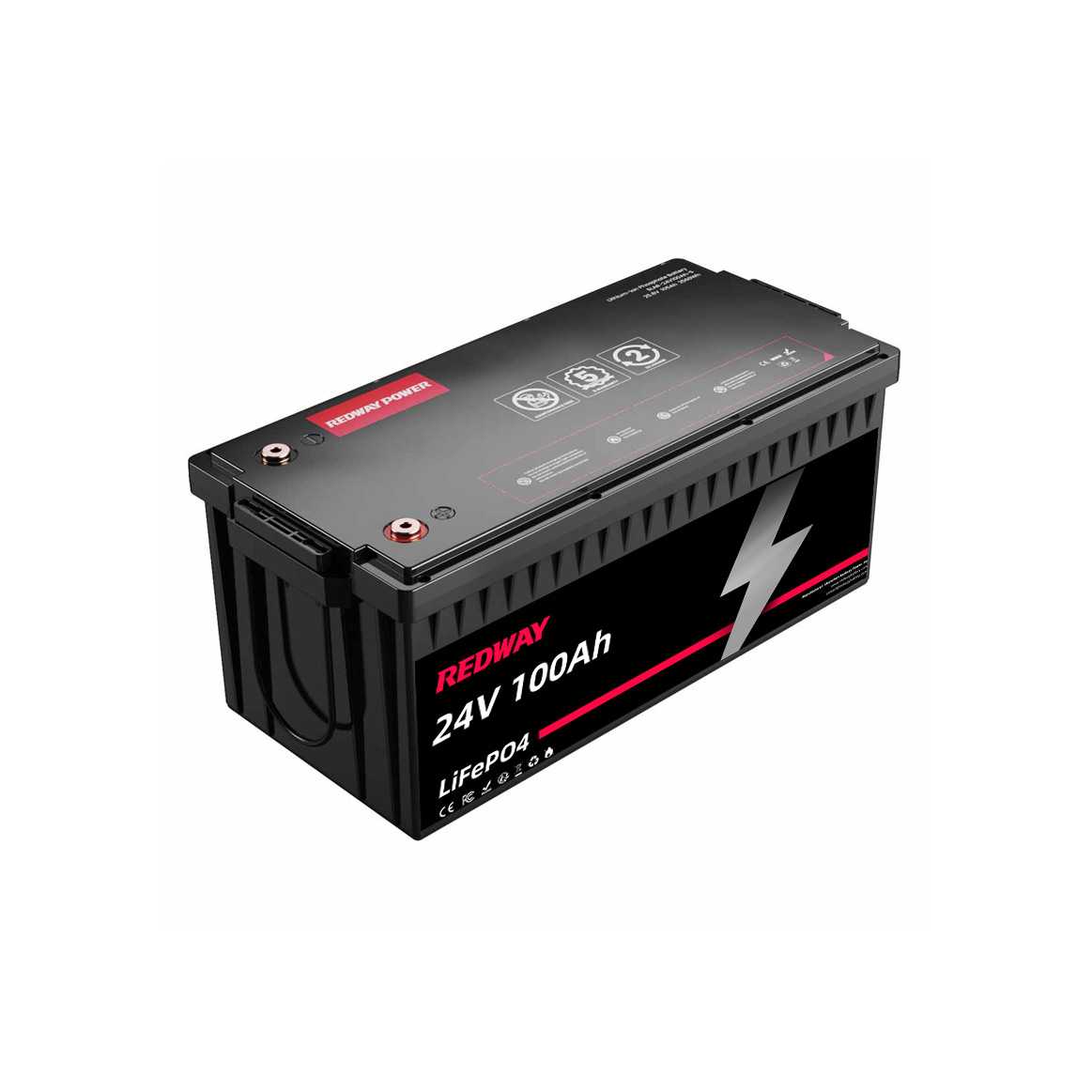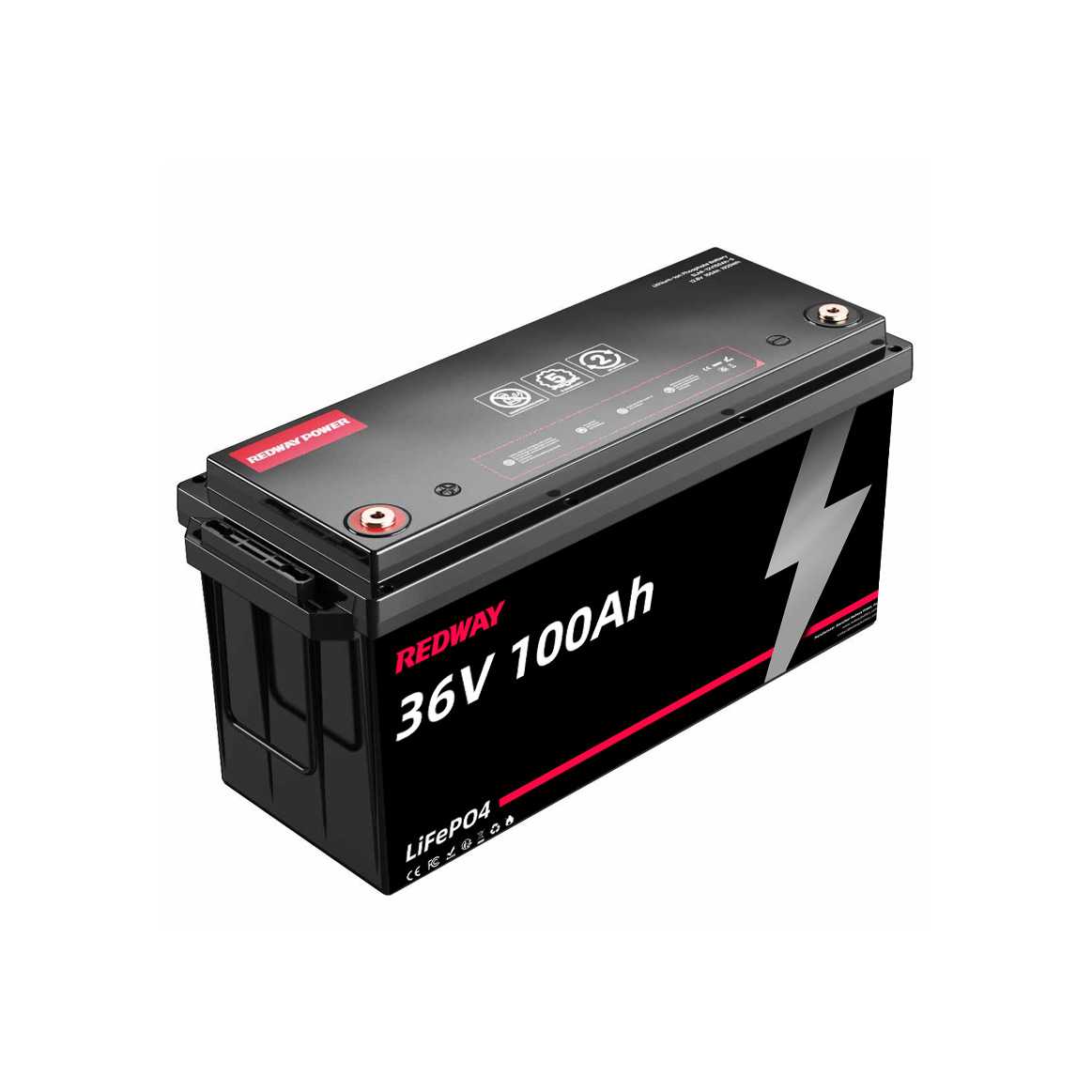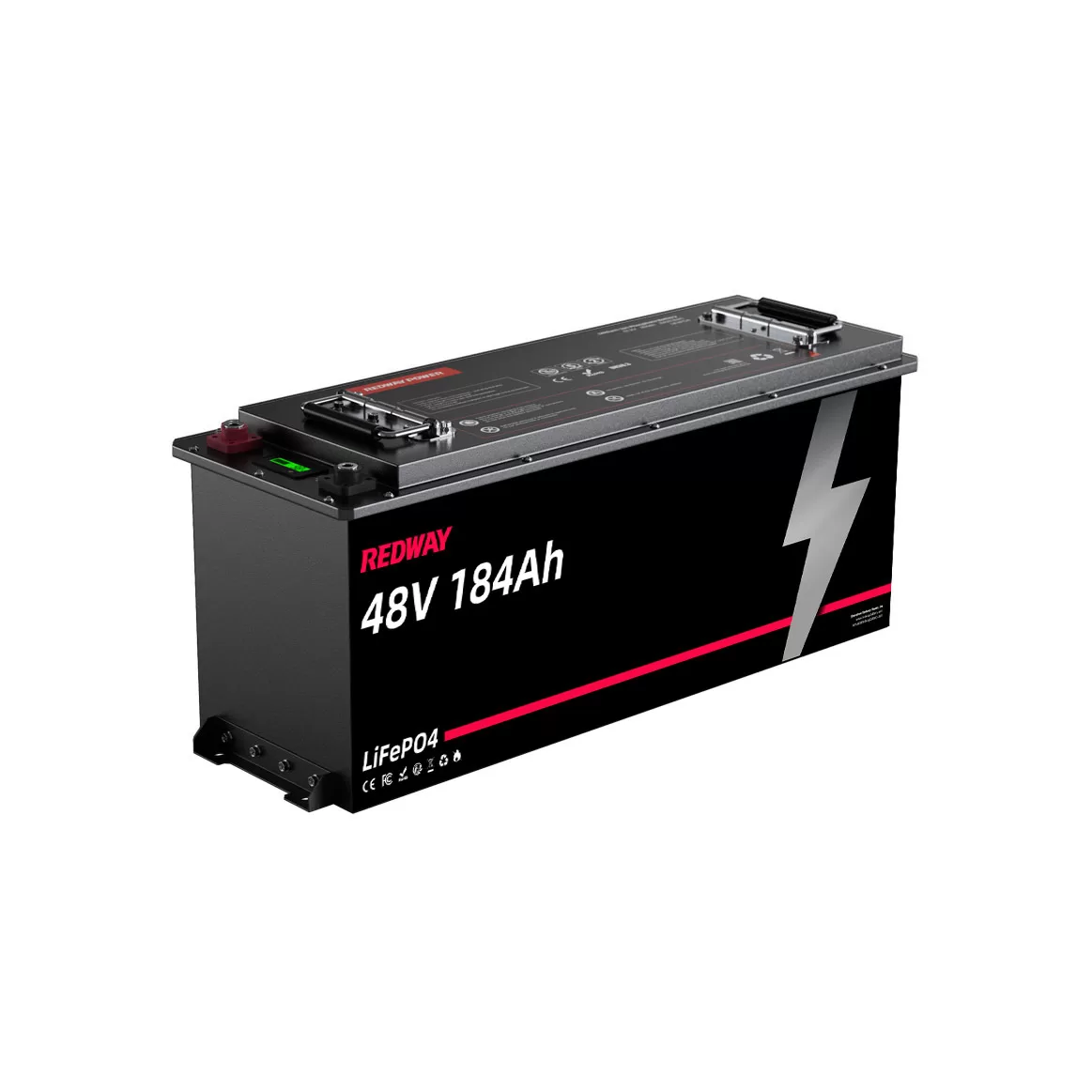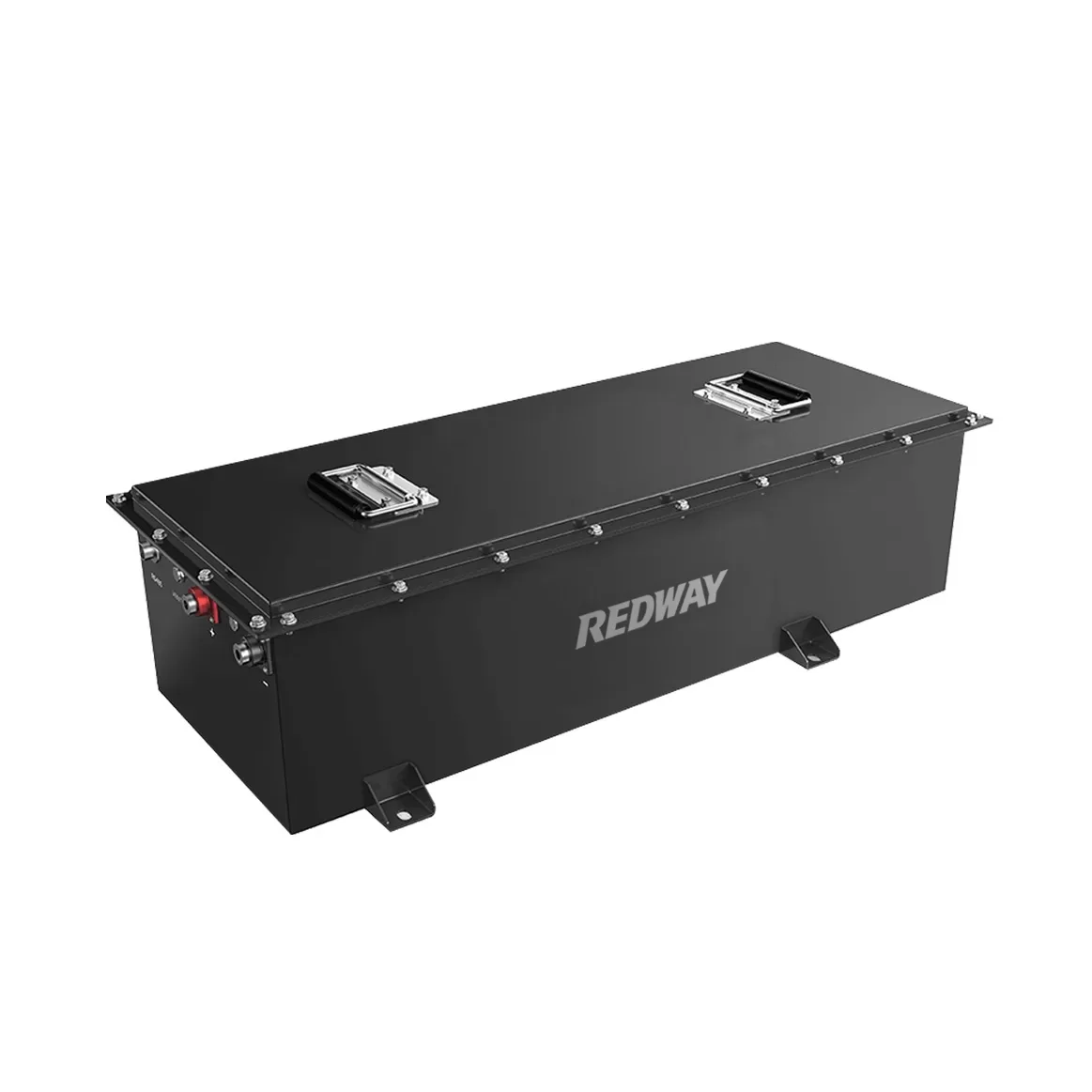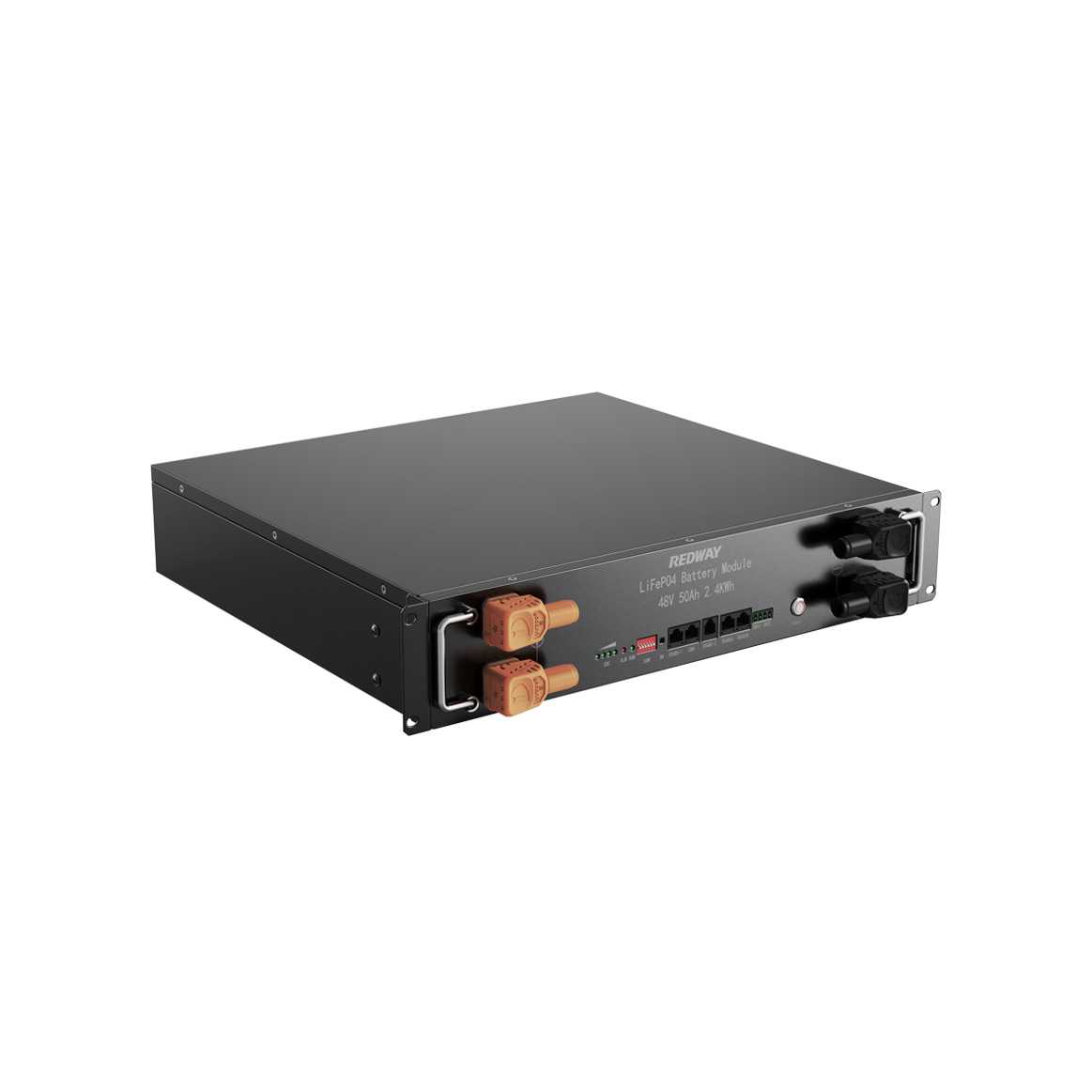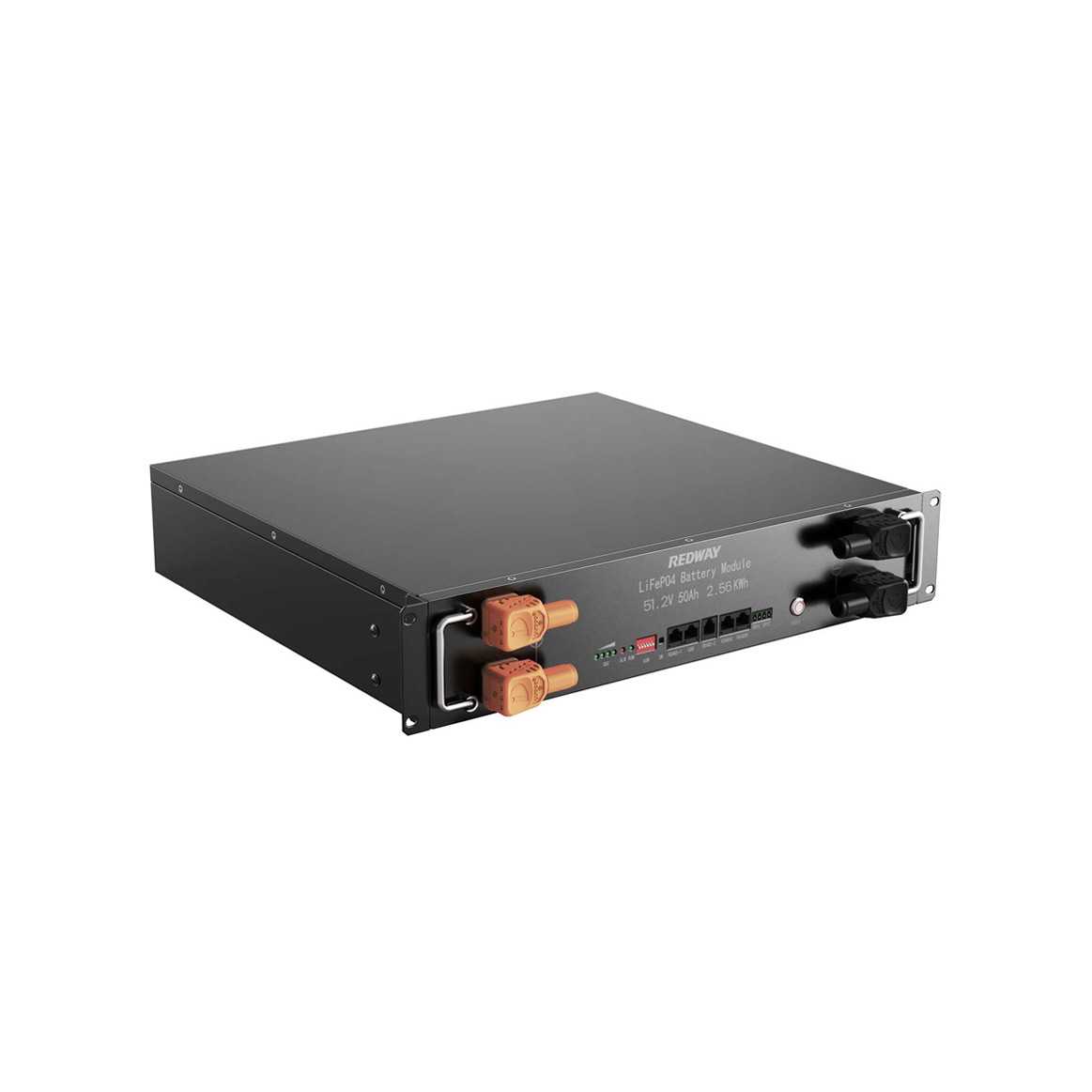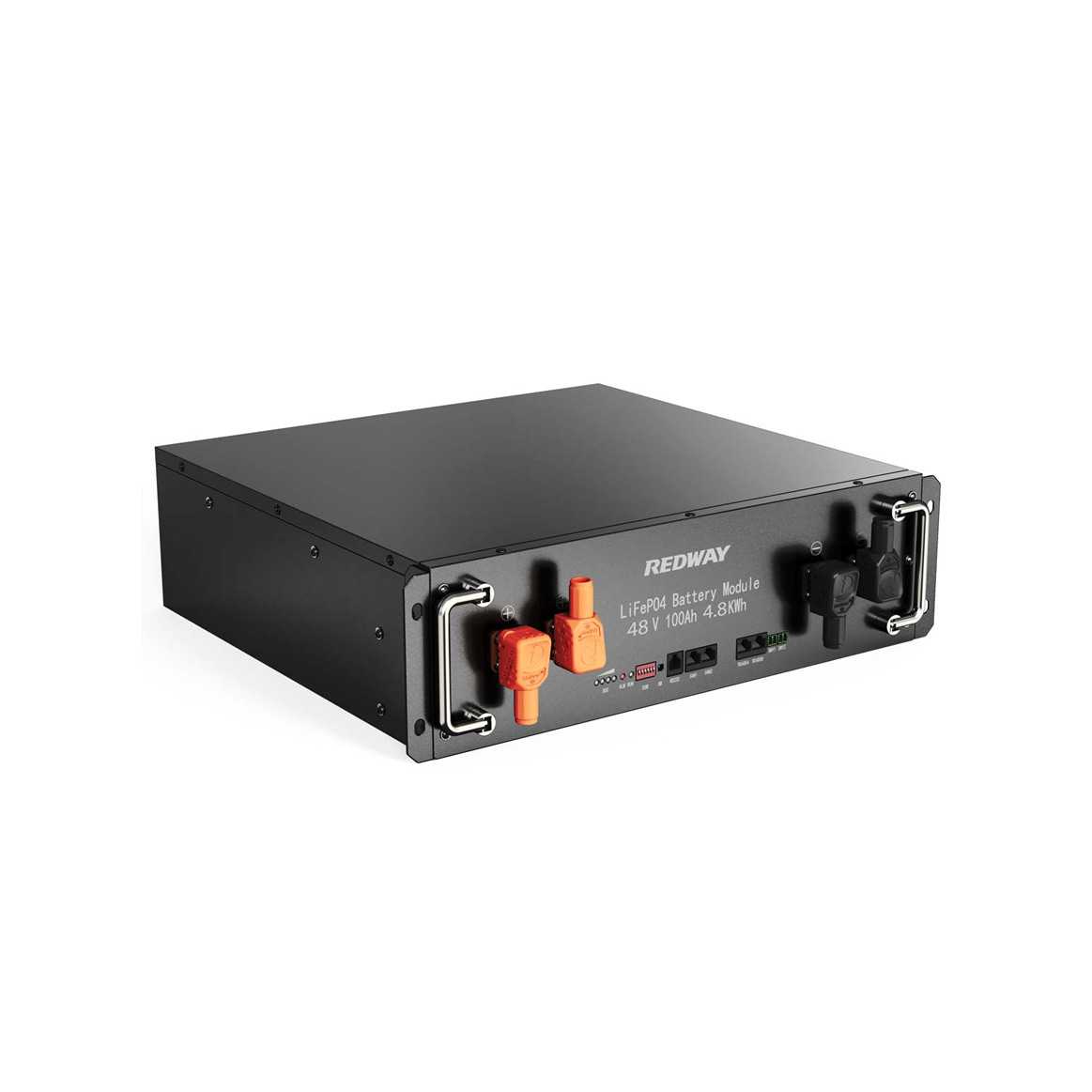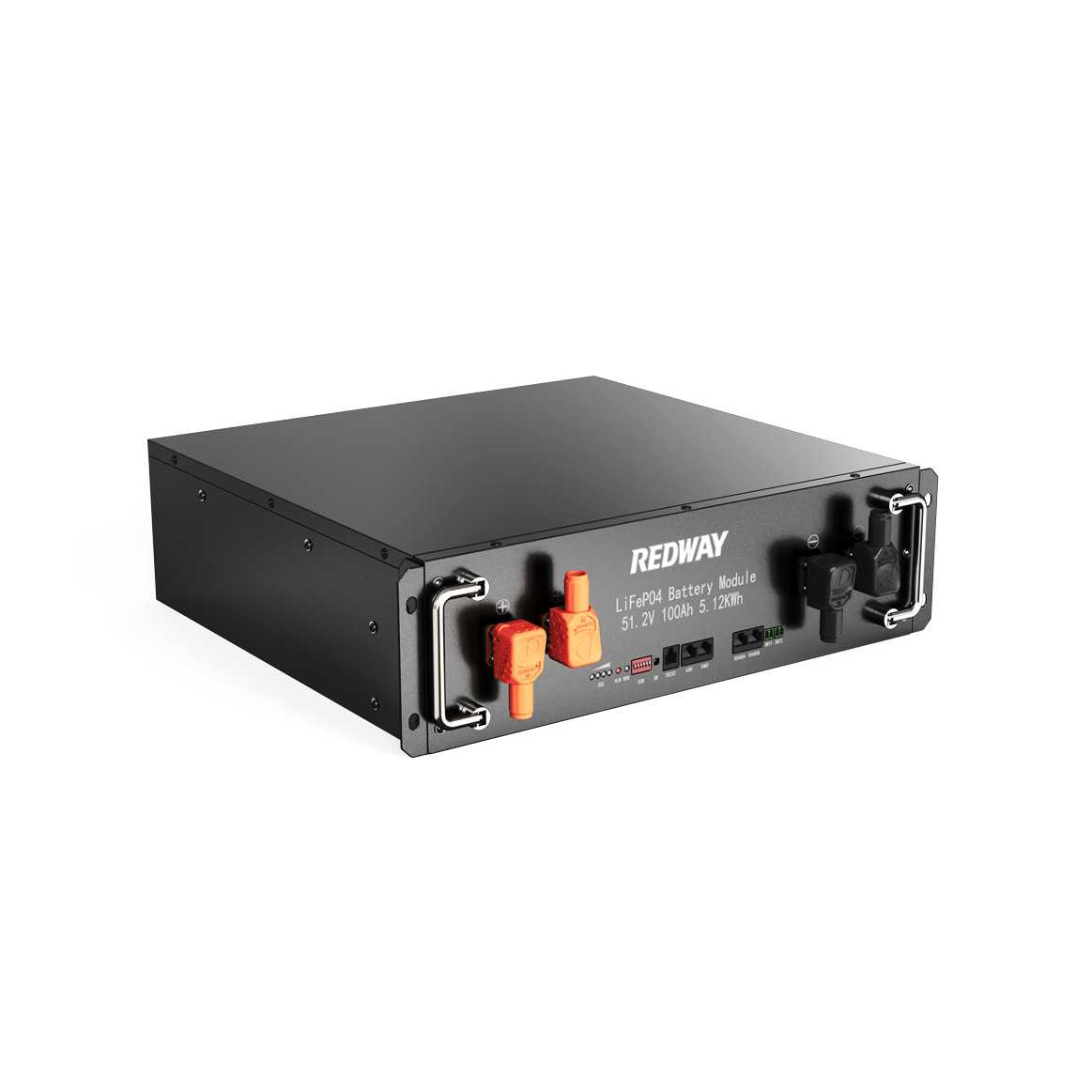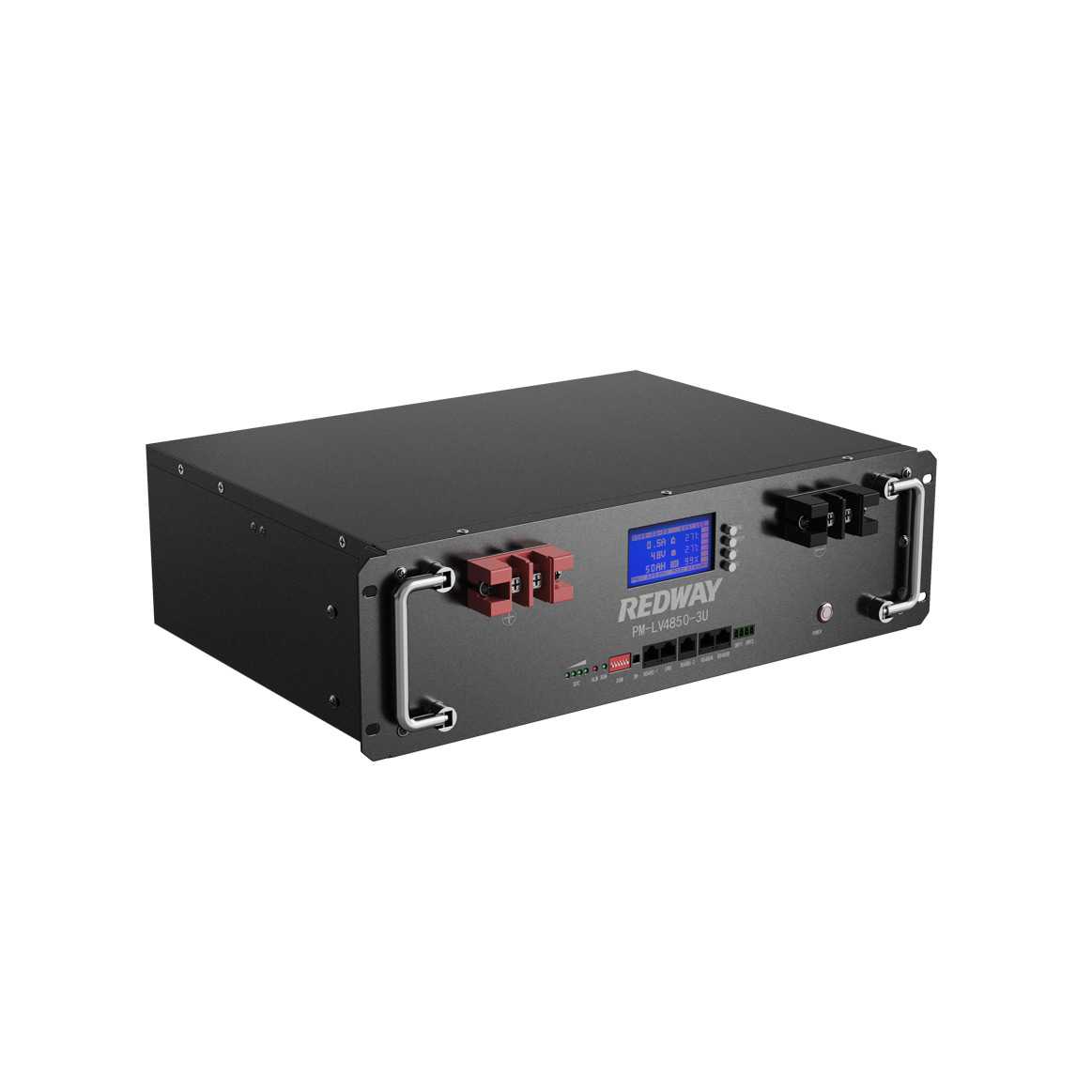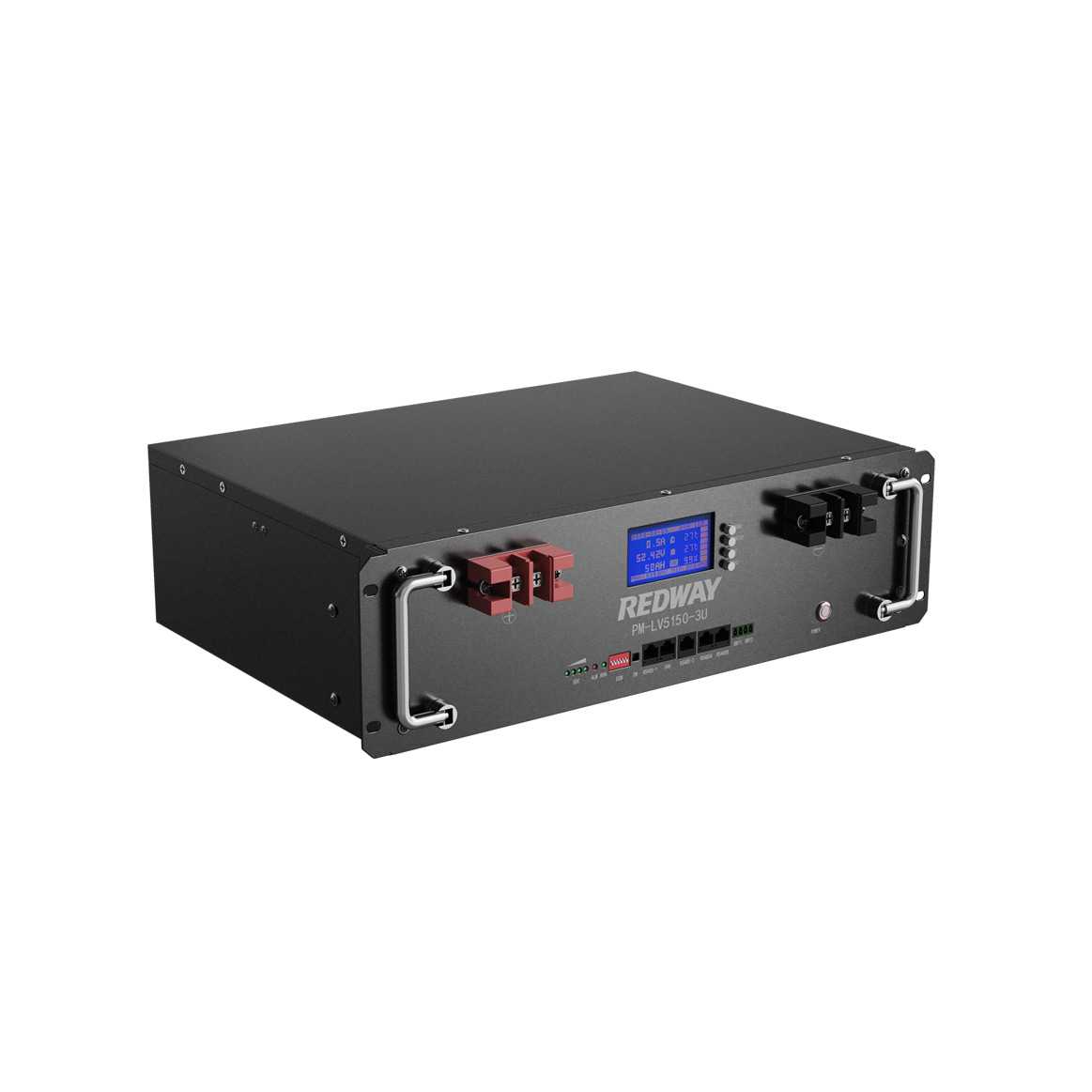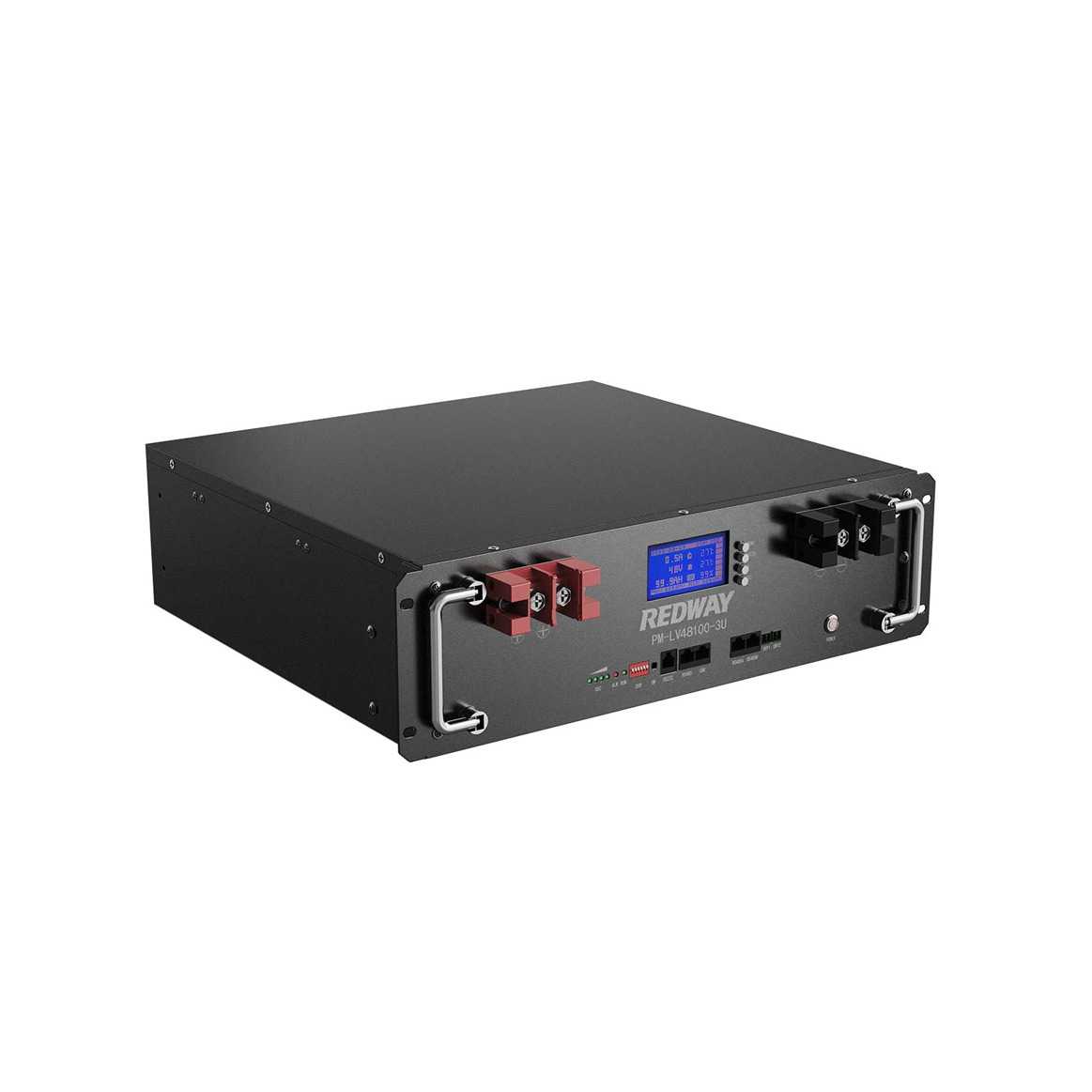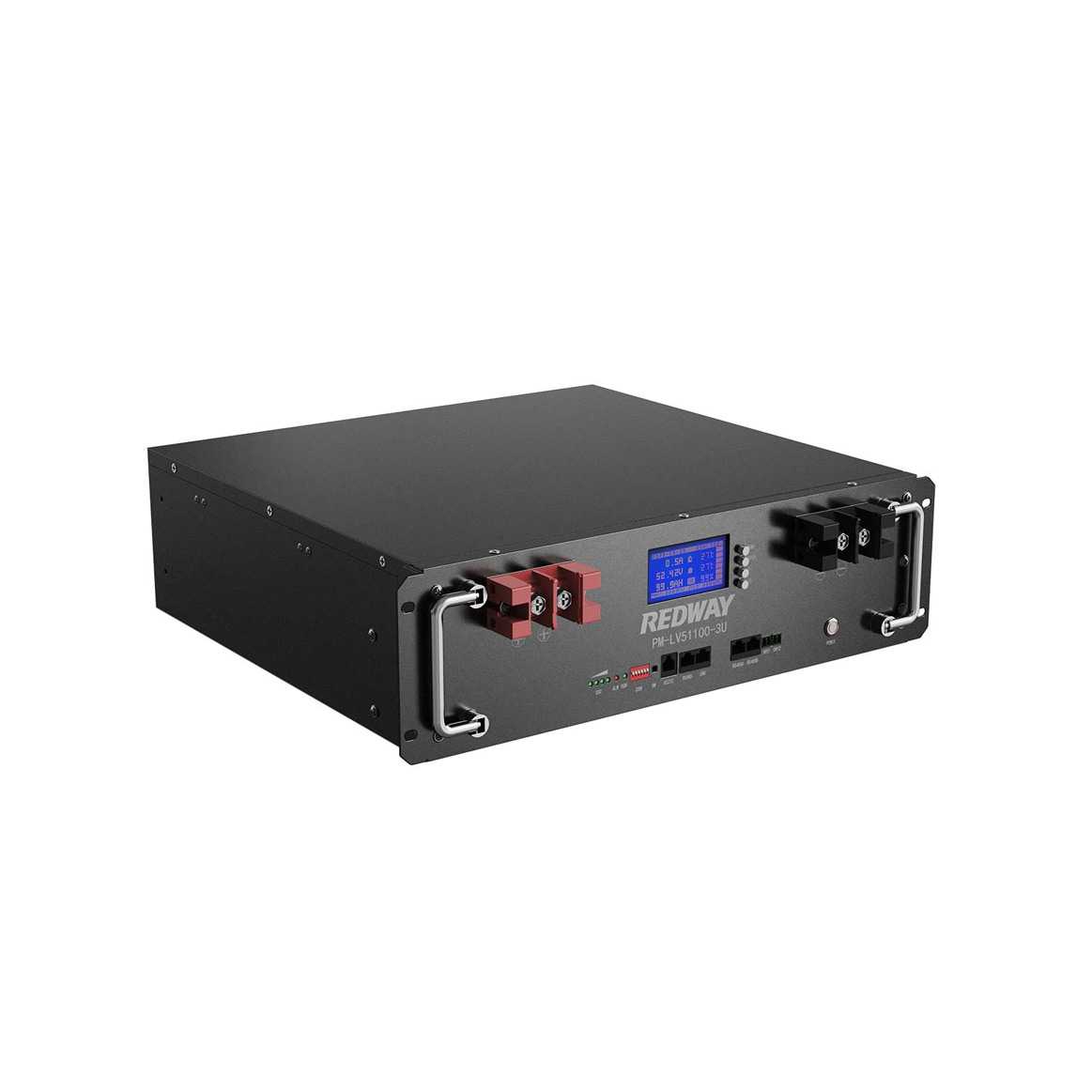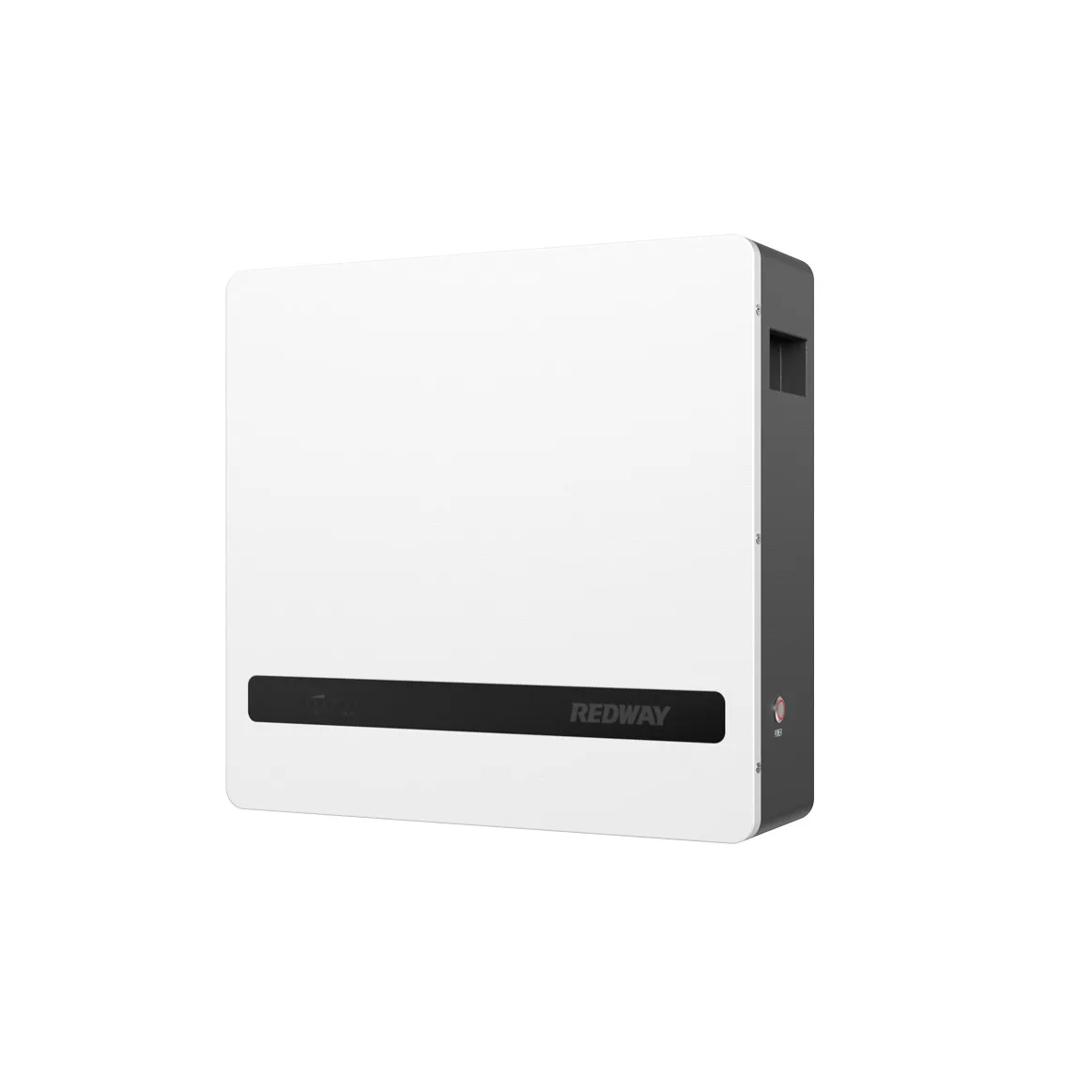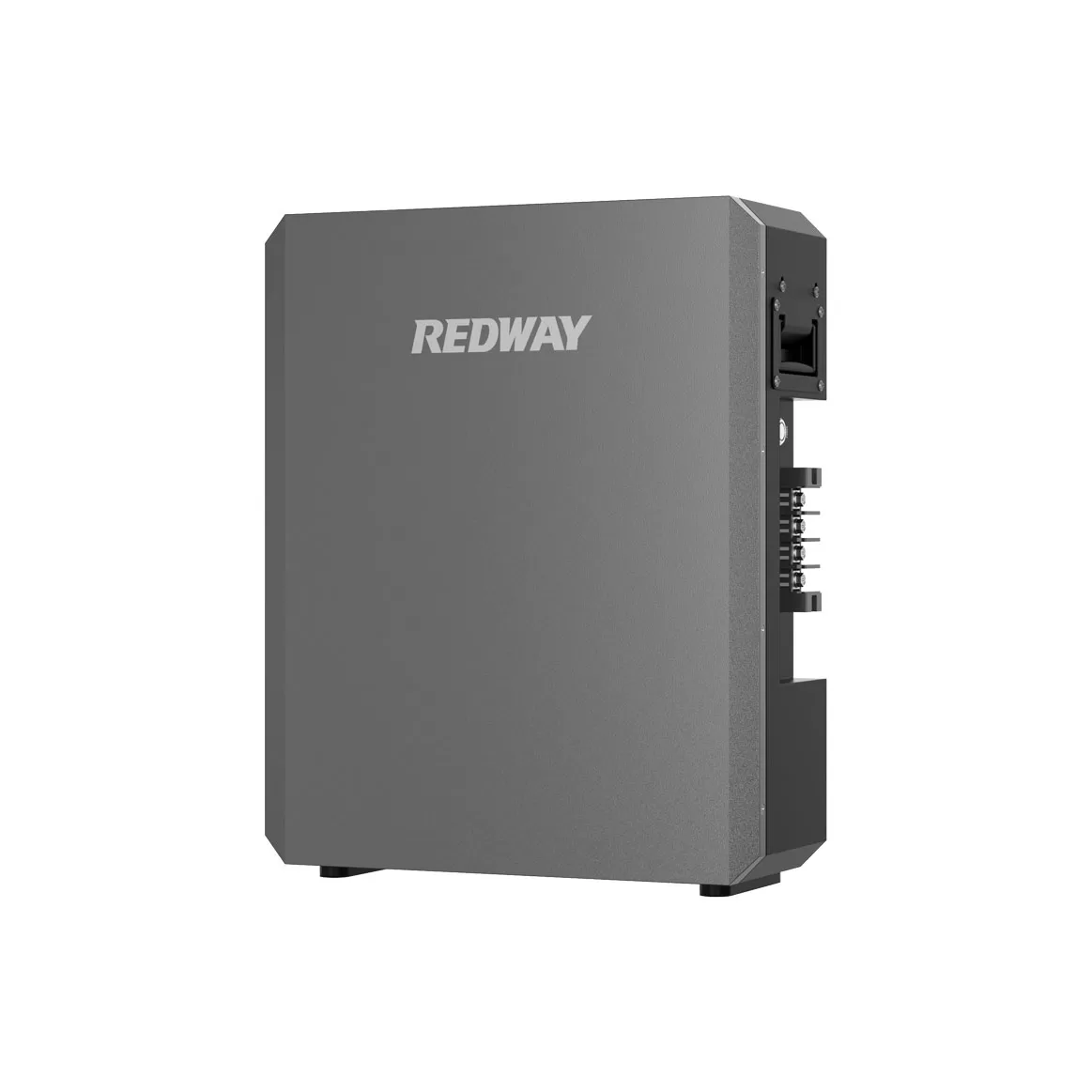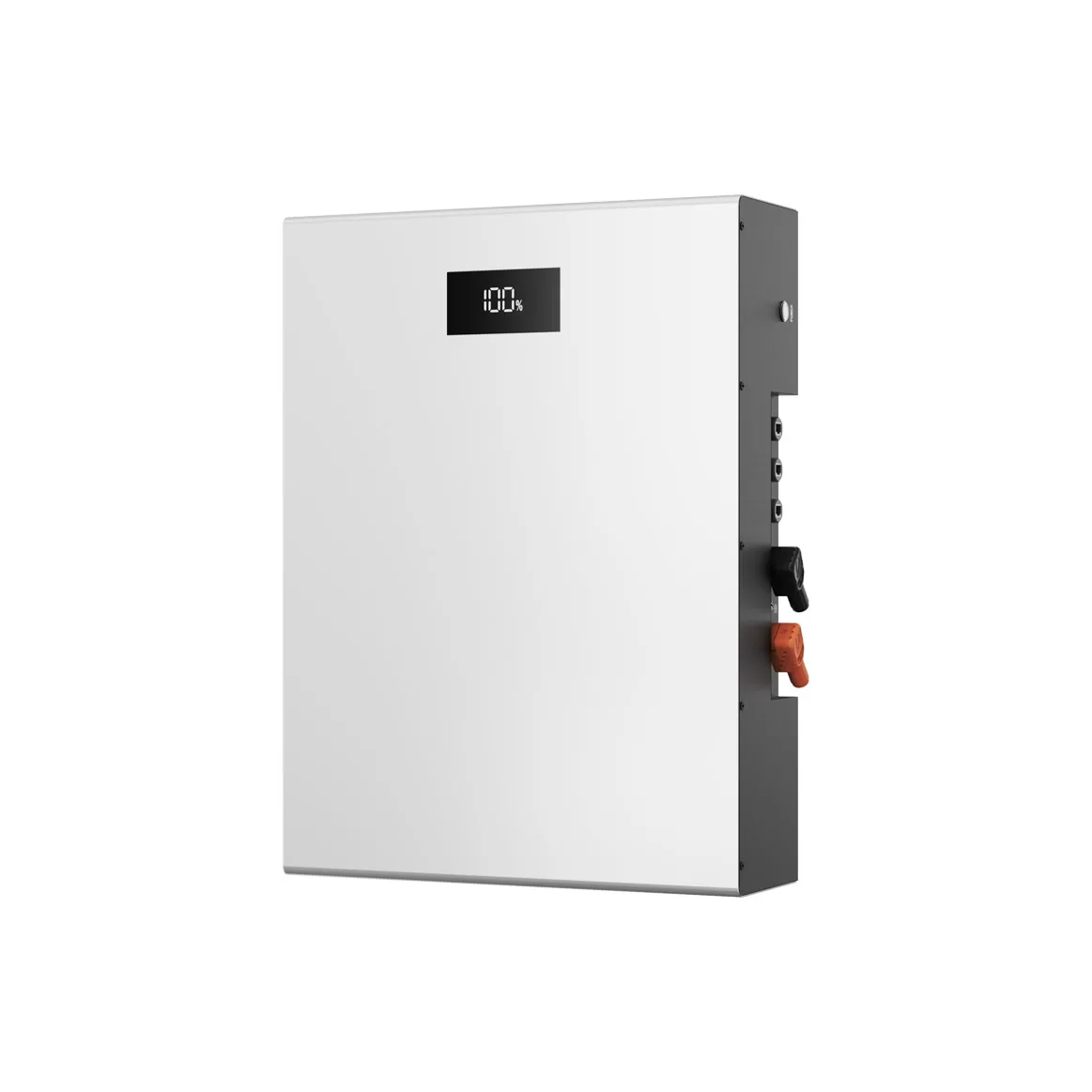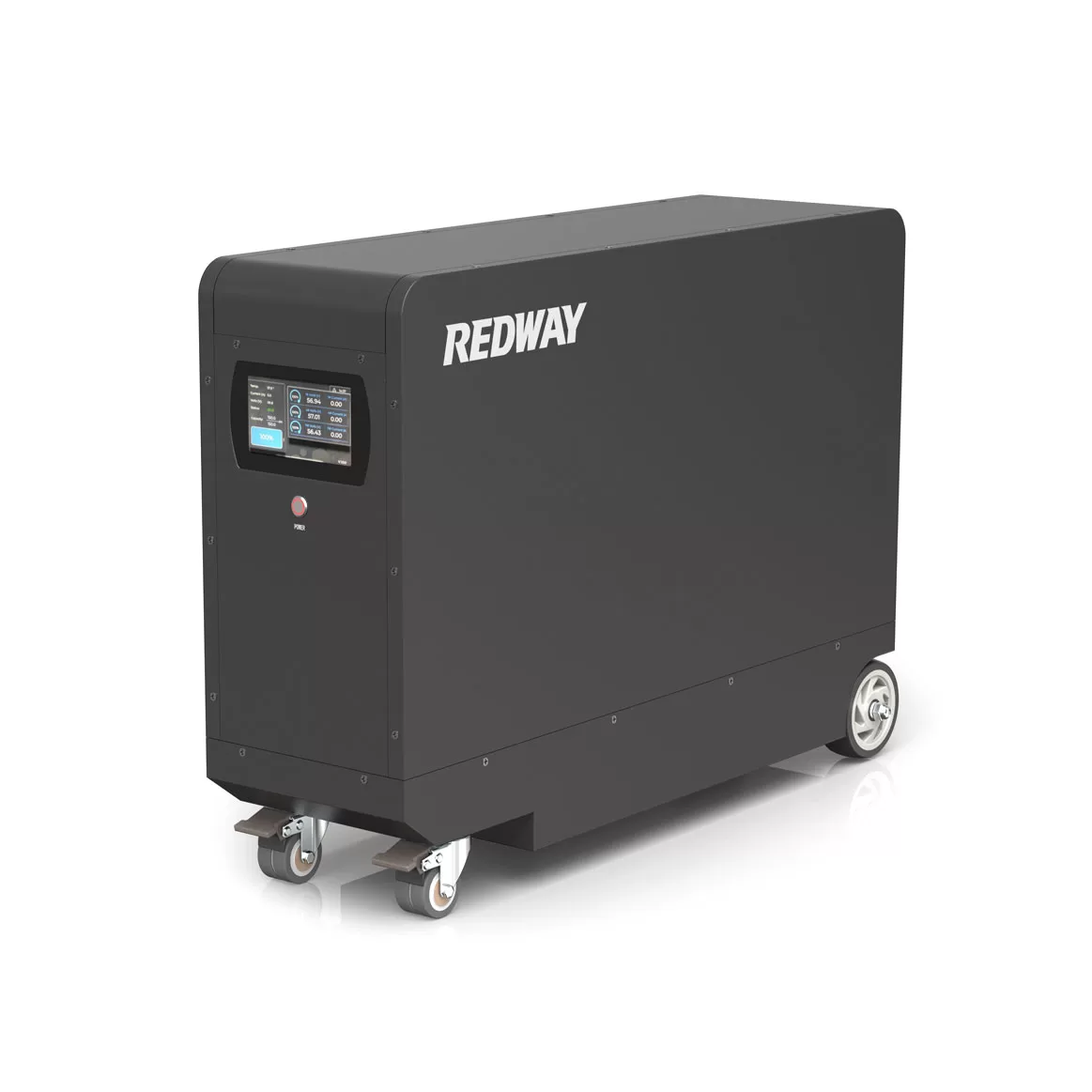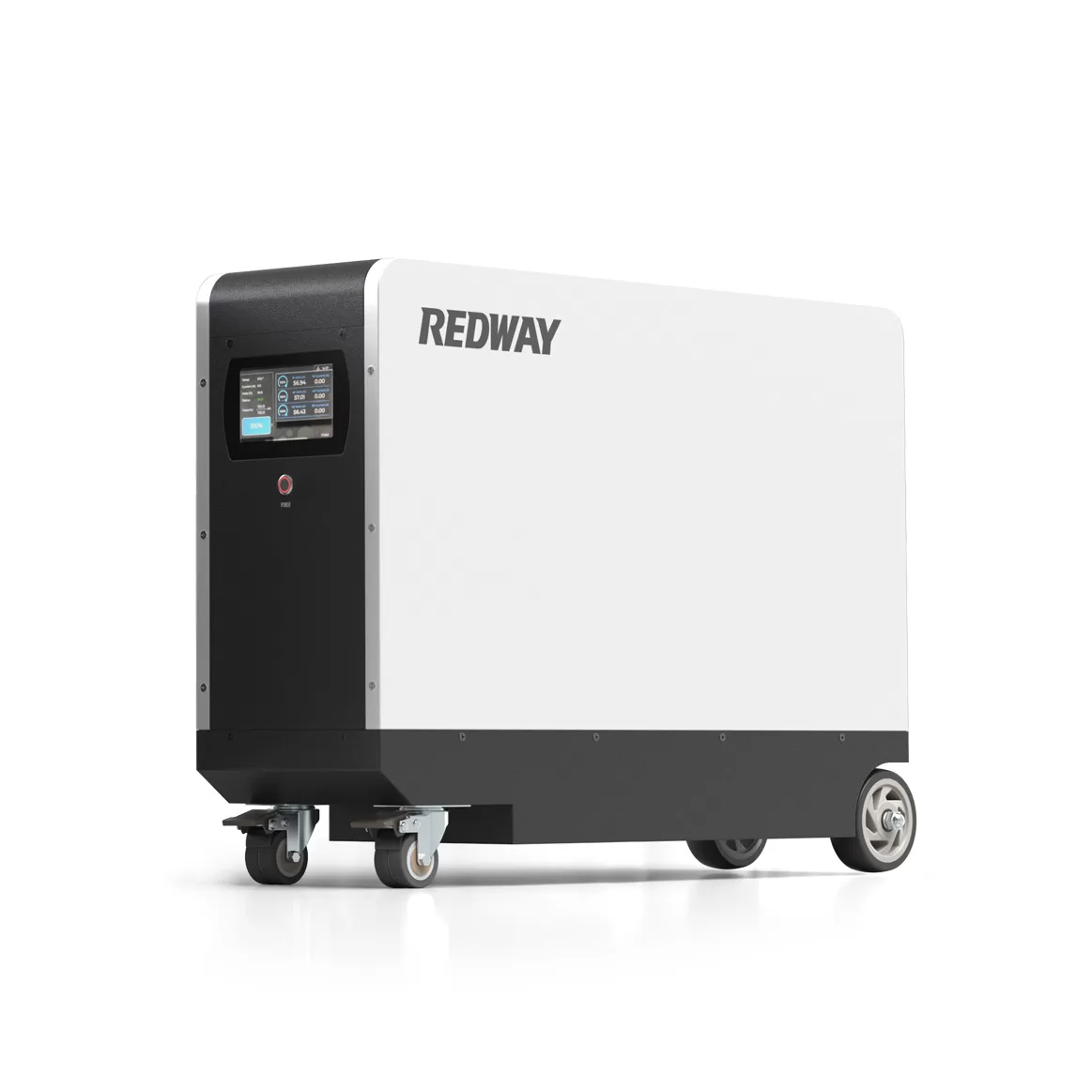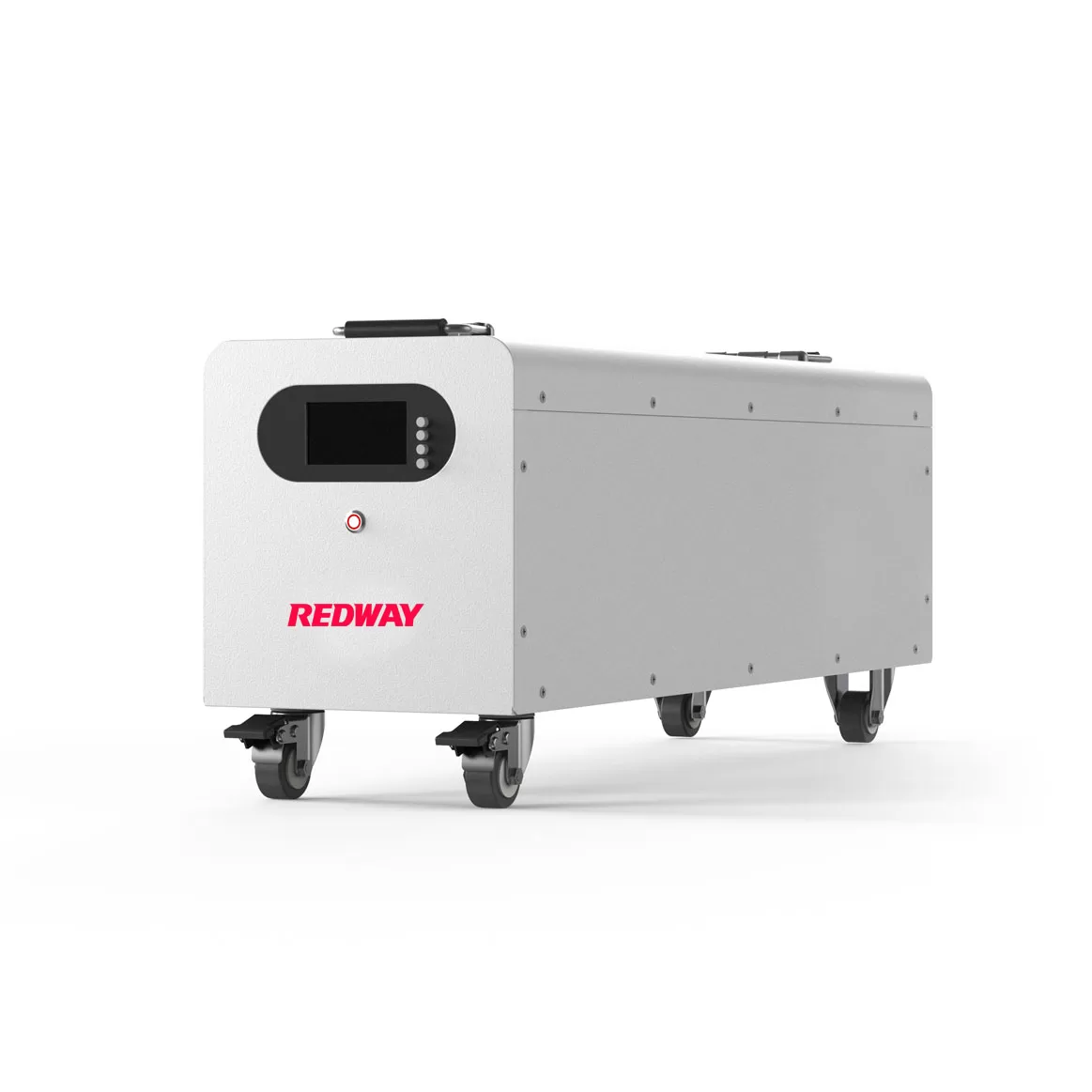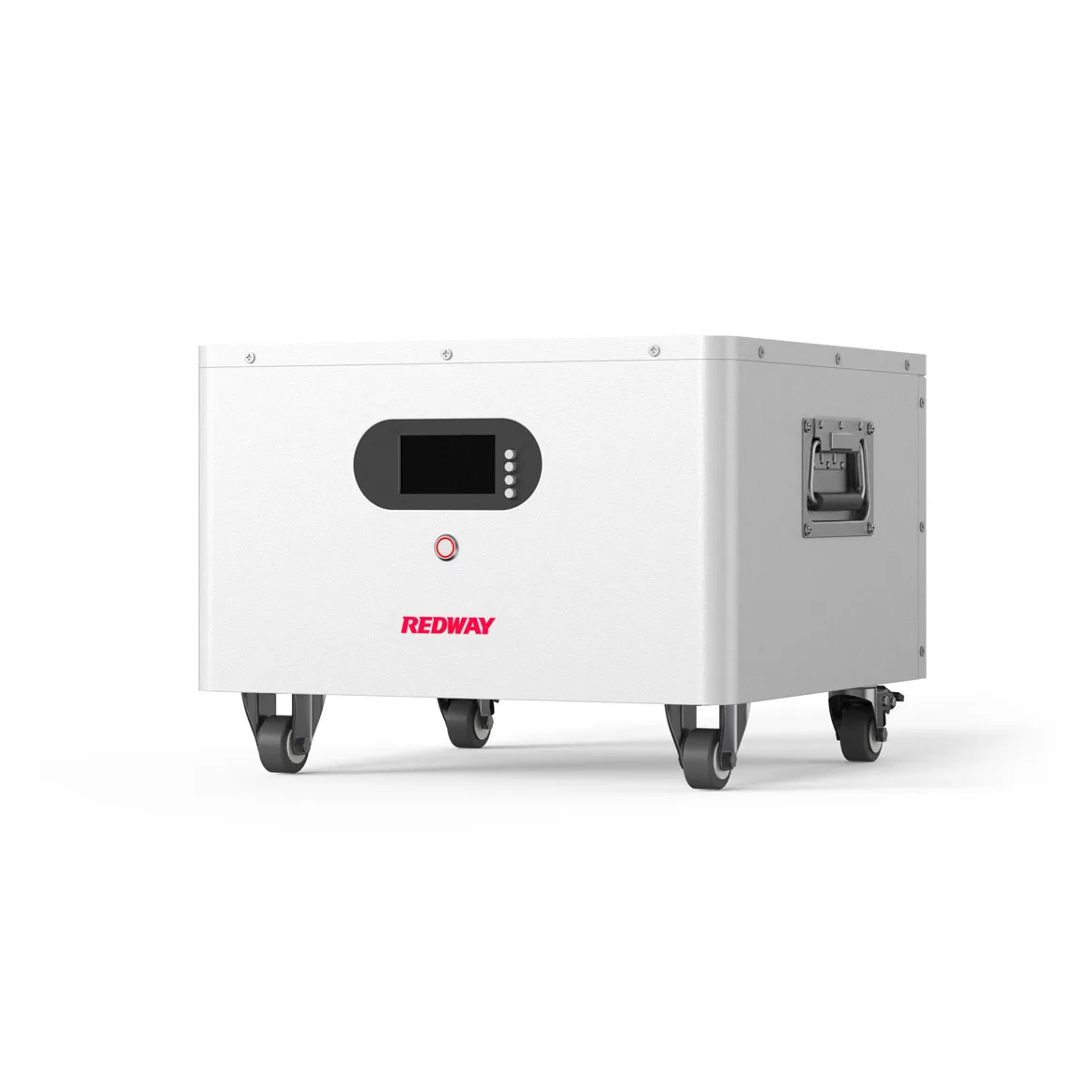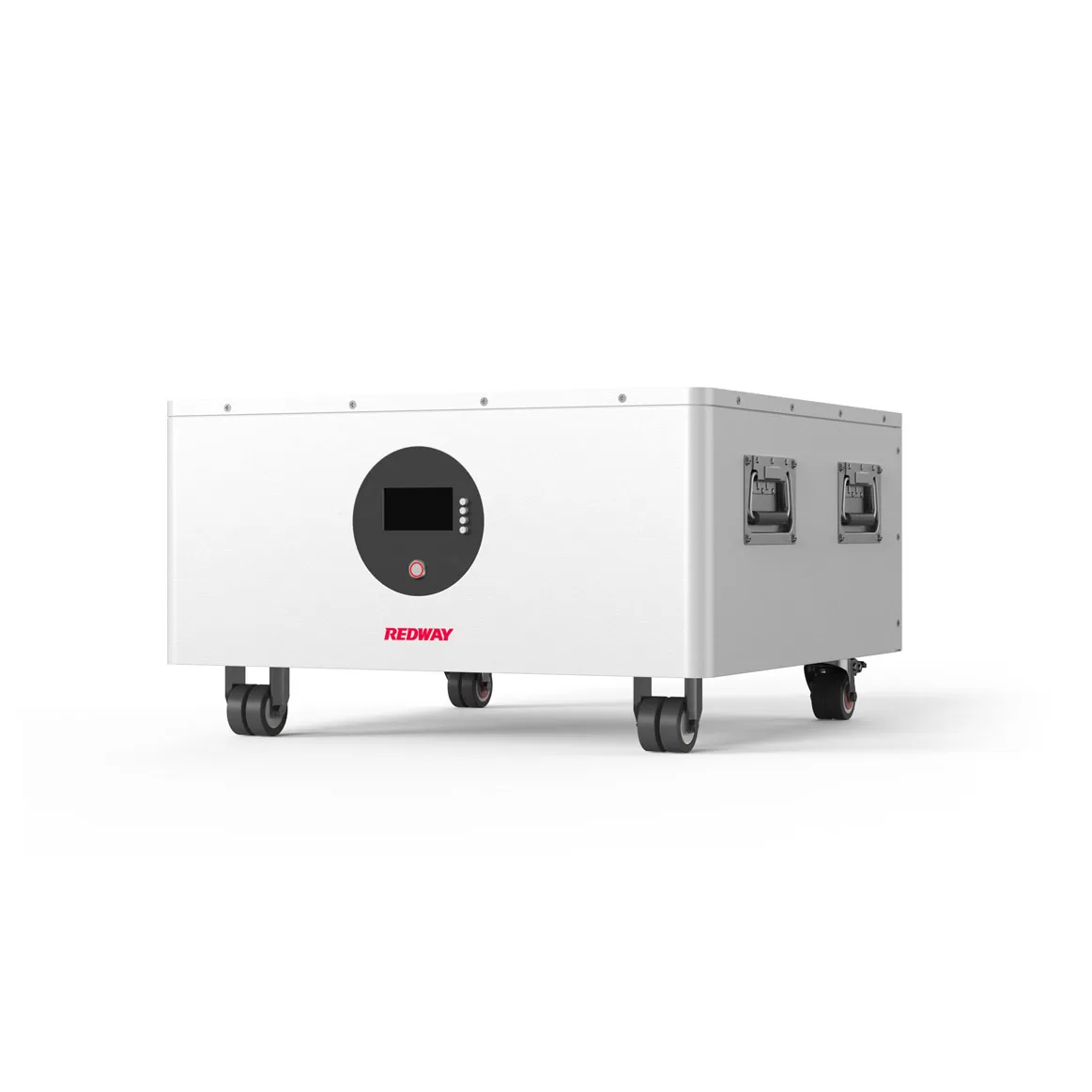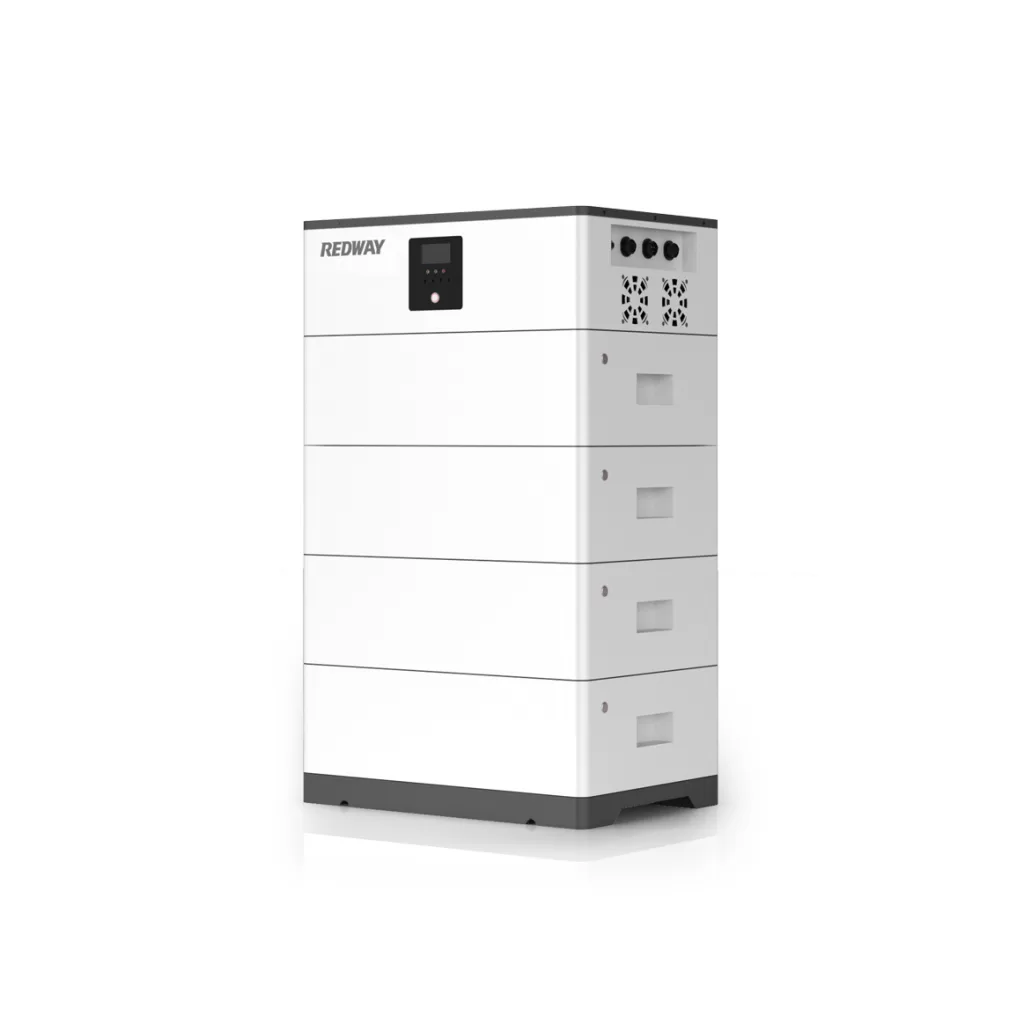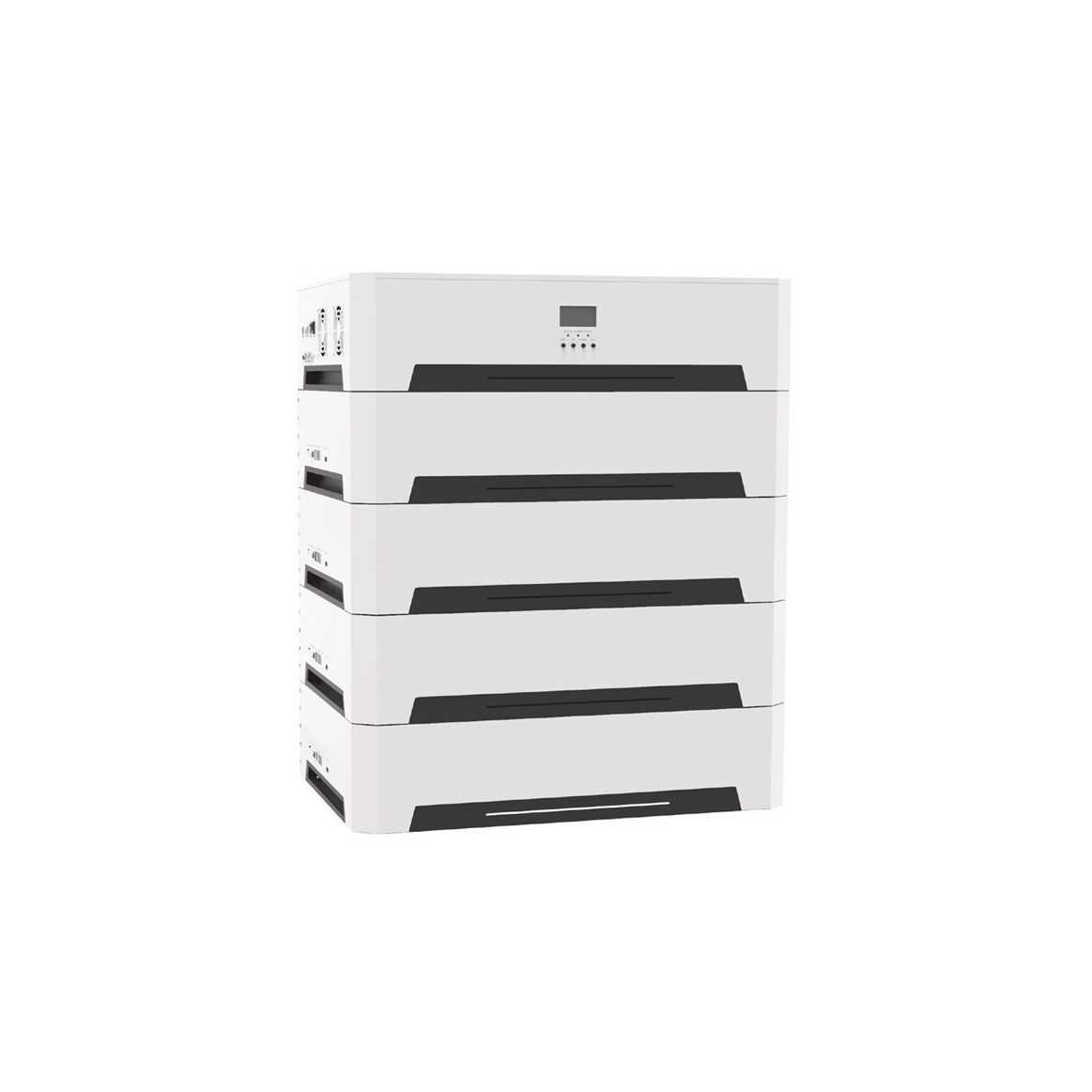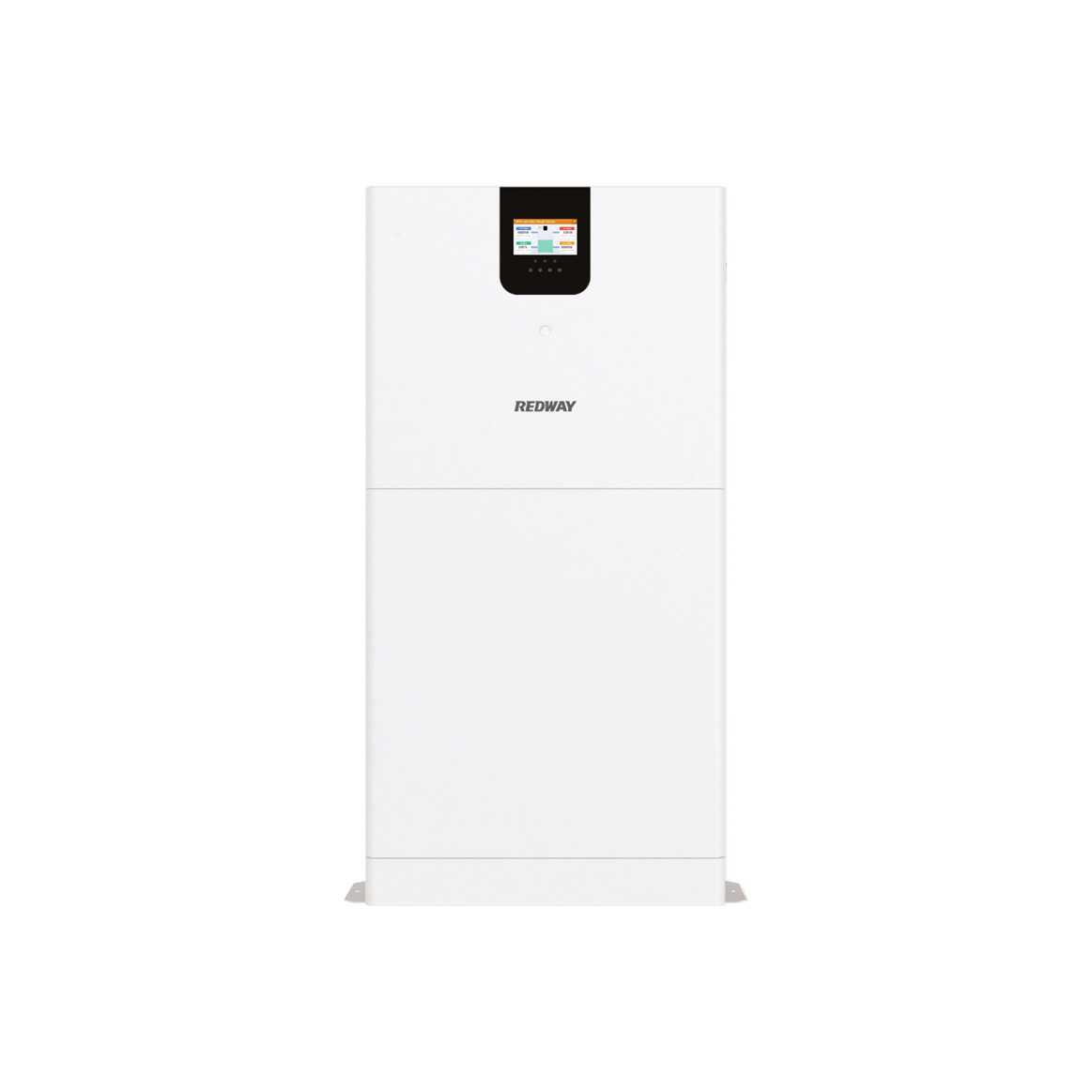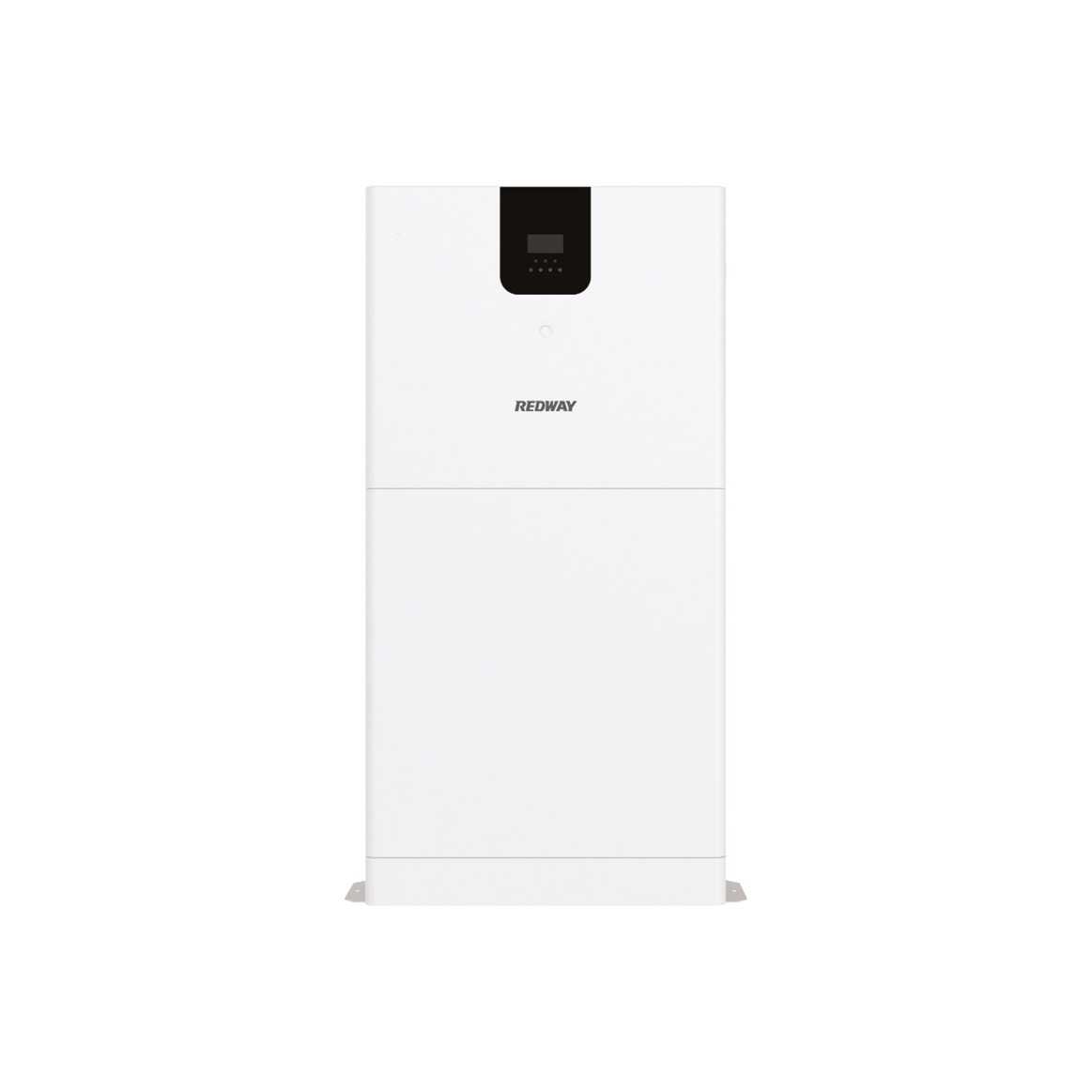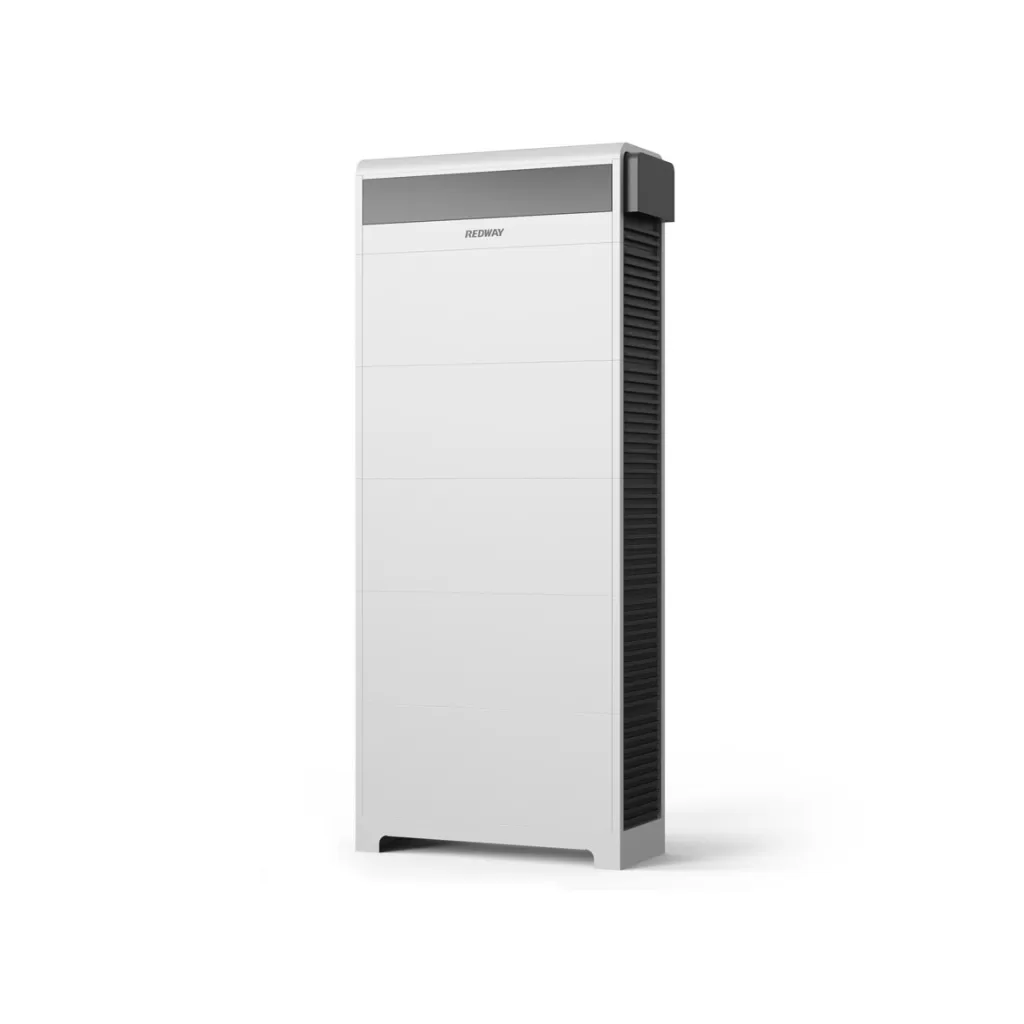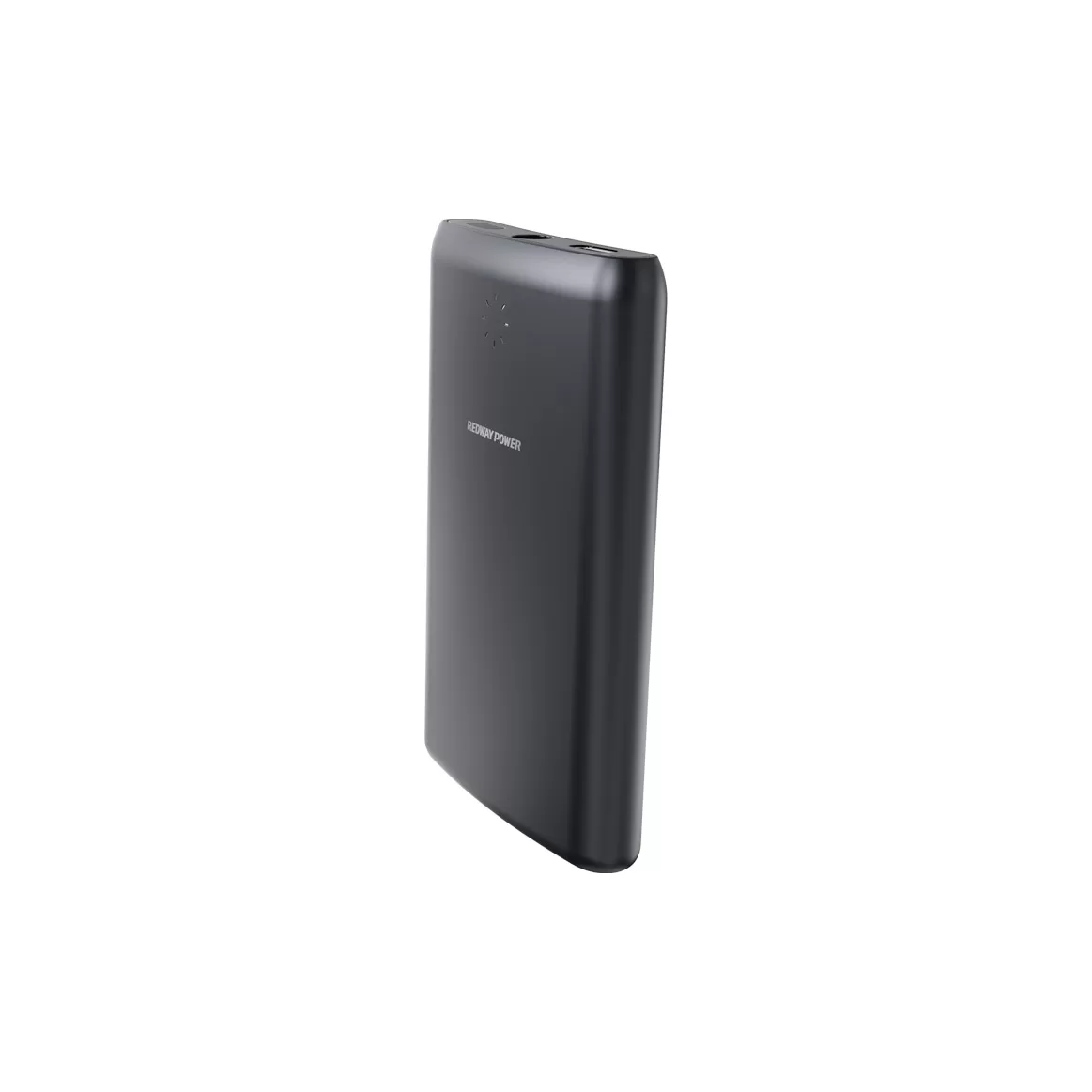(Click to Get a Quick Quote!)
In the realm of batteries, AAA and 14500 might seem, at first glance, to be largely similar. However, a deeper dive reveals some fundamental differences that are essential for professionals and enthusiasts alike to understand. In this comprehensive comparison, we’ll shed light on these two battery types, considering their size, power, and sustainability.
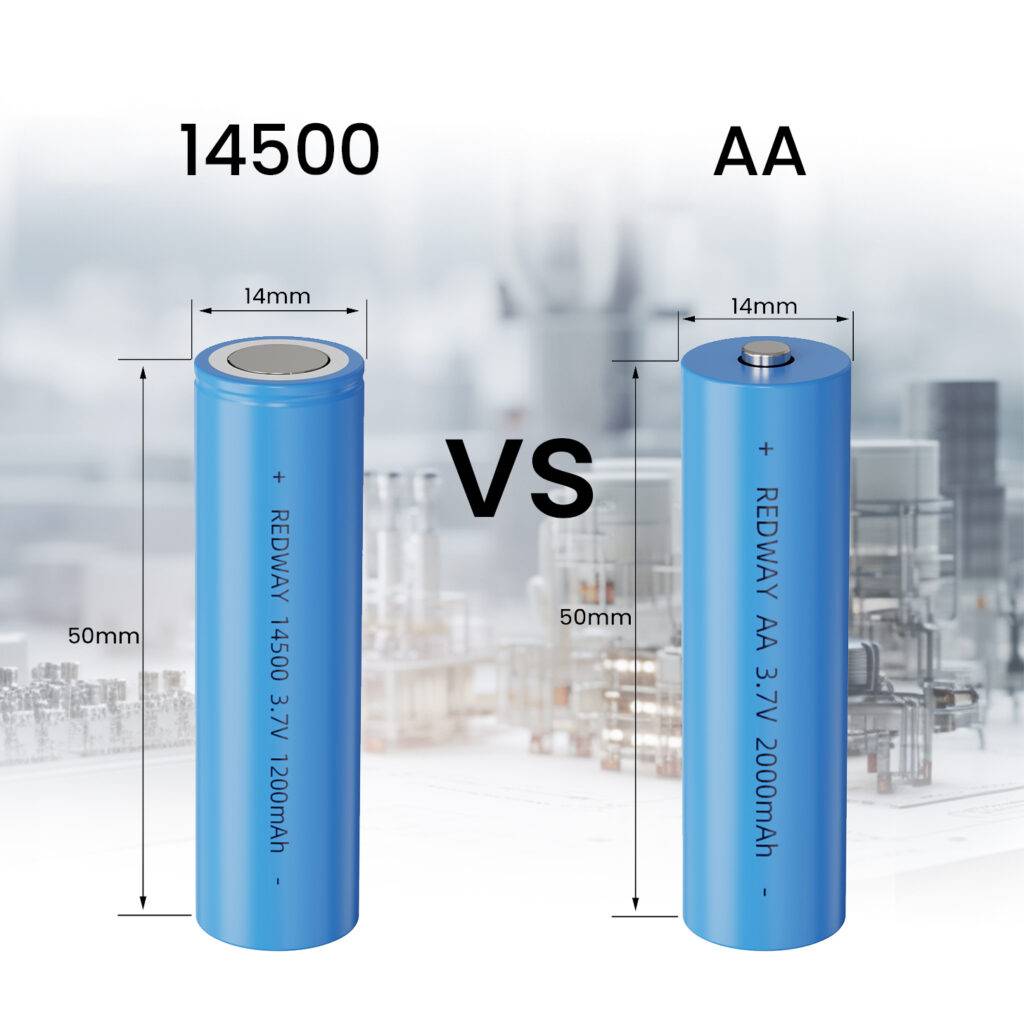
1. Introduction to the Contenders
- AAA Battery: These are primary (non-rechargeable) or secondary (rechargeable) cells, commonly used in devices like remote controls, toys, and digital cameras.
- 14500 Battery: A type of lithium-ion rechargeable battery, the 14500 is often used as a more powerful alternative to the standard AA battery, and its dimensions are reminiscent of AA batteries.
2. Size Comparisons
- AAA Battery: Approximately 10.5mm in diameter and 44.5mm in length.
- 14500 Battery: About 14mm in diameter and 50mm in length. As mentioned, its size is more akin to the AA battery than the AAA.
3. Power and Capacity
- AAA Battery:
- Voltage: Alkaline AAA batteries have a nominal voltage of 1.5V, while rechargeable Ni-MH AAA batteries typically operate at 1.2V.
- Capacity: Typically, AAA batteries offer a capacity between 1000-1200mAh for the rechargeable versions. Non-rechargeable versions can vary widely based on the chemistry used.
- 14500 Battery:
- Voltage: These batteries run at a nominal voltage of 3.7V, which is much higher than AAA batteries.
- Capacity: Their capacity ranges from 600mAh to 1200mAh, but this can vary depending on the manufacturer and specific model.
4. Sustainability and Lifespan
- AAA Battery:
- Disposable AAA batteries contribute to electronic waste and can harm the environment if not disposed of properly.
- Rechargeable AAA batteries, like Ni-MH versions, can be recharged hundreds of times, reducing their environmental impact.
- 14500 Battery:
- Being a type of lithium-ion battery, 14500 batteries can be recharged often, sometimes up to a thousand cycles, depending on the quality and usage.
- Lithium-ion batteries are more energy-dense and often have a longer lifespan than their nickel-based counterparts.
5. Use Cases and Compatibility
- AAA Battery: Due to their lower voltage, AAA batteries are used in devices that require less power. Always ensure your device can handle the voltage delivered by a battery.
- 14500 Battery: Given its higher voltage, it’s crucial to ensure your device is compatible with the 14500 before using it. Some devices designed for AA batteries might not handle the 3.7V of a 14500 battery.
6. Tips for Users
- Always Check Compatibility: Before switching from one battery type to another, ensure your device can handle the voltage and power output.
- Store Properly: Store batteries in a cool, dry place away from direct sunlight and metallic objects.
- Recycle: Always recycle old batteries, irrespective of their type, at designated drop-off points.
7. Final Thoughts
While AAA and 14500 batteries might seem interchangeable due to their similar size, their differences in voltage and capacity make them suited for varied applications. If you’re considering making a switch or choosing between them, understanding their specifications and ensuring compatibility is crucial. Both have their merits, and the right choice often comes down to the specific requirements of your device and your sustainability preferences.

